Revamping Your Workspace: Innovative Ideas for Office Cabin Design
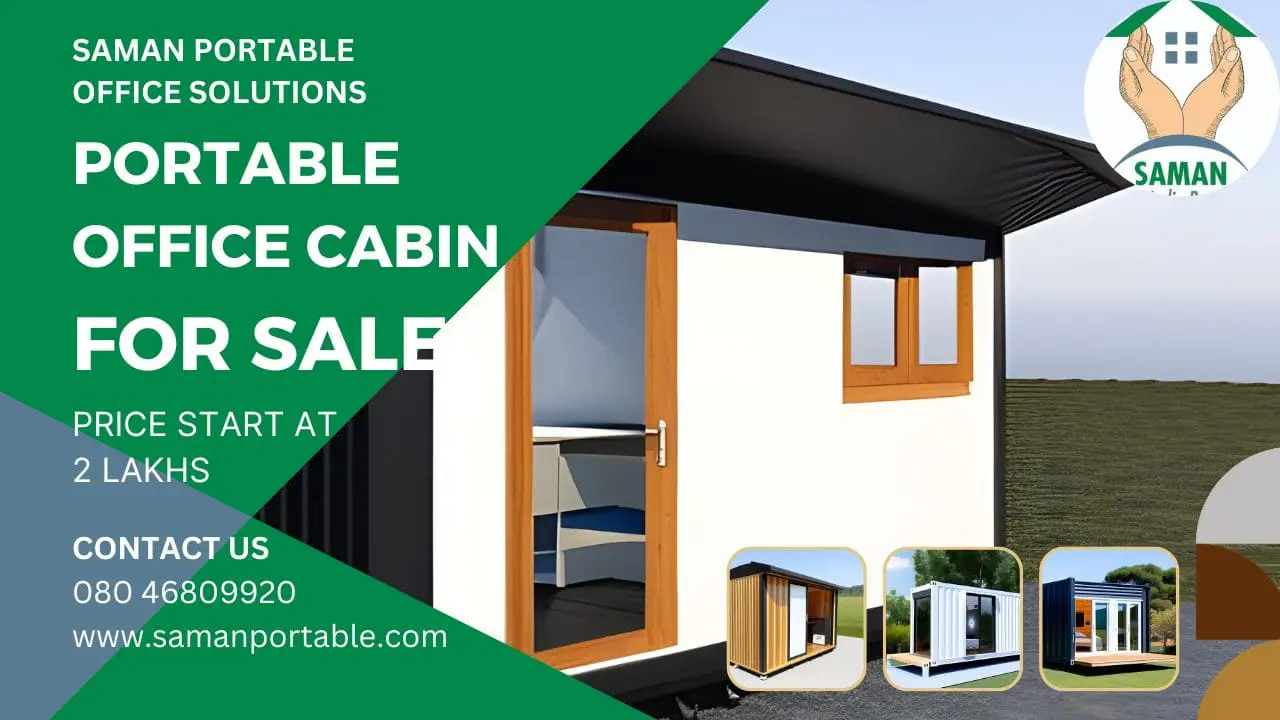
Are you tired of the same old cubicle life? Do you dream of a workspace that sparks creativity and boosts productivity? The world of office cabin design is changing, offering a fresh take on workspaces.
Imagine an office that looks amazing and feels great. It’s a place where work meets style, creating a space that’s just right for you. Modern office cabin design is all about blending innovation with style to make your work environment better.
Key Takeaways
- Discover how innovative office cabin design can enhance employee well-being and productivity.
- Explore cutting-edge trends in workspace design that cater to diverse work styles and preferences.
- Learn how to integrate technology, ergonomics, and sustainable practices for a future-ready office cabin.
- Understand the impact of color, lighting, and biophilic elements on creating a visually appealing and mentally stimulating workspace.
- Uncover customization options to reflect your brand identity and cultivate a cohesive work environment.
Understanding Modern Office Cabin Design Trends
The world of office design is changing fast. Gone are the days of traditional cubicles. Now, we see modern, flexible, and people-focused spaces. Modular portable cabins, portable office cabins, and prefabricated offices are leading the way. They meet the needs of fast-moving businesses looking for adaptable solutions.
Evolution of Workspace Design
Workspace design has moved from closed cubicles to open, collaborative areas, as seen in small portable cabins. Contemporary office design aims to bring in more natural light. It uses sustainable materials and creates spaces for different work styles and tasks.
Impact of Contemporary Design on Productivity
Modern design trends have boosted employee productivity and well-being. Research shows that well-designed offices make employees happier and more efficient. The right design, from layout to colors, improves mental health and creativity.
Current Market Trends
- Modular and portable office cabins that can adapt to changing business needs and work styles
- Prefabricated office cabins offer a cost-effective and efficient solution for modern workspaces.
- Designs that prioritize both aesthetics and functionality, creating visually appealing yet practical work environments
The market now focuses on designing spaces that grow with businesses. These contemporary office design trends help businesses thrive. They improve employee experience and brand image.
The Minimalist Haven: Creating Clutter-Free Workspaces
In today’s fast-paced business world, a clean and efficient workspace is key. A minimalist haven offers simplicity and boosts productivity. By using a compact layout and optimizing space, you create a focused environment that motivates your team and impresses clients.
To achieve a minimalist workspace, focus on the essentials. Use neutral colors like grays, whites, and light woods for a clean look. Choose furniture with sleek lines, as seen in luxury container houses, to add order and purpose.
Lighting is crucial in a minimalist office. Use natural light through windows and skylights to make the space feel open and bright. Add LED lights to workstations for a balanced look.
Good storage is essential for a compact office layout. Use built-in cabinets, hidden shelves, and smart filing systems. This keeps important items handy while keeping the space tidy. By optimizing your space, you make your office both beautiful and functional.
A well-designed minimalist office is a place of focus and clarity. It helps employees stay focused and productive. Clients and visitors see a professional and forward-thinking space that shows your business’s values.
Choosing a minimalist approach to office cabin design is smart. It’s not just about looks; it boosts your team’s productivity and well-being. A clutter-free, efficient workspace lets your team reach their full potential, leading to success in today’s business world.
Smart Integration of Glass and Transparency
Glass cabins are changing modern office design. Modular container offices bring transparency, teamwork, and openness. They also offer natural light, clear views, and a flexible work area. Plus, they meet the need for privacy and focus.
Benefits of Glass Partitions
Glass partitions are great for today’s smart office solutions. They let in more natural light, making spaces feel bigger. They also help teams work better together.
Companies that use flexible office space and open floor plans create a lively work culture. This culture makes employees happy and productive.
Privacy Solutions for Glass Cabins
Even though glass cabins are open, there are ways to keep things private. Using frosted glass, smart glass, or smart furniture placement helps. This way, you can have both teamwork and alone time.
Lighting Considerations
Lighting is key in glass-enclosed areas. It’s important to avoid glare and keep the light even. This makes the space look good and helps people work better.
Using both natural and artificial light enhances contemporary prefab cabins. This is important for glass-enclosed offices.
Using glass and transparency in offices shows a company’s values. It supports openness, teamwork, and being able to change. This design meets the need for flexible office space and open floor plans. It helps businesses create spaces that inspire and succeed.
Executive Wood Paneling and Natural Elements
Make your workspace stand out with luxury office cabins and executive wood paneling. Go for dark woods like Mahogany or Walnut for a classic look. Or choose lighter woods like Oak or Maple for something more modern. This choice not only looks great but also supports a sustainable office cabin if done right.
Wood paneling does more than look good; it also helps control sound. This makes your office feel more serious and focused. Adding natural elements, like stone or live-edge wood, enriches prefab tiny cabins. This mix of materials makes your eco-friendly office look professional and welcoming, boosting creativity and productivity.
When picking wood for your office, think about the look you want. Dark woods like Mahogany or Walnut give a classic, elegant feel. Lighter woods like Oak or Maple are more modern. Either way, using natural materials will make your space look better and feel more welcoming.
- Enhance sound control and create a sense of prestige with executive wood paneling
- Incorporate natural elements like stone accents or live-edge wood furniture for added texture and organic appeal
- Choose from a variety of wood tones to achieve the desired aesthetic, from classic dark woods to contemporary lighter options
- Source materials responsibly to ensure a sustainable office cabin design
Biophilic Design: Bringing Nature Indoors
Biophilic design is becoming more popular for making offices sustainable and eco-friendly. It brings nature inside to improve well-being and productivity.
Plant Selection for Office Spaces
Choosing the right plants for your office is key. Think about the light they need, how much care they require, and the look you want. Using different plants can clean the air, lower stress, and make the office feel calmer.
Natural Material Integration
Biophilic design also uses natural materials like wood, stone, and organic fabrics. Adding these to your office furniture and decor makes it feel warm and eco-friendly, matching the sustainable office cabin.
Sustainable Design Elements
To fully embrace biophilic design, add sustainable features like living walls, water features, or nature-inspired art. These not only make the eco-friendly office look better but also improve air quality, reduce stress, and connect us to nature.
By using biophilic design, companies can make offices that are good for your health, boost creativity, and help employees work better. Adding natural elements, from plants to sustainable materials, turns the modern office cabin into a place of productivity and wellness.
Office Cabin Design for Maximum Efficiency
Creating an efficient office cabin is key for better productivity and using space well. At BRANDKETTLE, we design innovative, affordable small office and cabin interiors, even for spaces under 100 sq ft. Our designs blend function and beauty, meeting each client’s unique needs.
For a space that boosts efficiency, planning space wisely and choosing the right furniture are essential. Use modular furniture that can change as your needs do. Pick multi-functional items to make the most of your space. Make sure the layout helps people move around easily and access what they need quickly.
Use wall space for storage and shelves to save floor room. Add smart office tech like automated lights and climate control to cut down on energy use.
- Comfortable furniture can increase productivity by up to 17%
- Furniture layout optimization can reduce unnecessary movements by 20%
- Ergonomic furniture reduces backaches by 25%
- Use of multifunctional furniture can save up to 30% of space
- Wall-mounted desks can save up to 40% of floor space
- Vertical storage can increase storage capacity by up to 50%
At BRANDKETTLE, we know how vital efficient office design is for small spaces. Our team plans with a budget in mind, showing that quality doesn’t have to be expensive. We create custom designs that fit your style and budget, ensuring both.
Ergonomic Solutions and Comfort Features
In today’s fast-paced office world, making your space ergonomic is key. It boosts comfort and cuts down on health problems. Choosing the right furniture is essential for good posture and less strain on muscles.
Furniture Selection Guidelines
When setting up your office, think about desks and chairs that adjust in height. They should have good lumbar support for each person’s needs. Adding accessories like keyboard trays and monitor arms can make your workspace better.
Workspace Ergonomics
Good ergonomics in your workspace is more than just the right furniture. Make sure computer screens are at eye level and keyboards and mice are easy to reach. Adding footrests and standing desks can also make your office healthier.
Comfort Optimization Techniques
- Provide spaces that are quiet and help you focus better.
- Use systems to control the temperature for a comfortable work area.
- Make sure people take breaks and move around to avoid sitting too long.
By focusing on ergonomics and comfort, businesses can make their offices better for everyone. A well-designed workspace can lead to happier, more productive employees. This can really help your company succeed.
Innovative Storage Solutions and Space Management
In today’s workspaces, new storage solutions, such as prefabricated portable cabins, are key. They help create a balanced and productive office. By using the latest designs, companies can reduce clutter and make the most of their space.
Custom shelving, hidden desk compartments, and sleek filing systems are important. They improve function and fit well with the office’s look. Using vertical space with tall storage units also helps, keeping important items close.
Modular systems that can change with needs are also great. They make space optimization easy. Furniture with hidden spots helps keep the area tidy and organized.
Good space management means setting up different zones for work, team work, and rest. This setup boosts productivity, as seen in innovative office layouts. It’s all about creating a well-organized innovative office layout.
By using these new storage ideas and smart space planning, businesses can make their offices better. This leads to a place that encourages creativity, teamwork, and success.
Color Psychology in Workspace Design
Discover how color psychology can boost productivity, mood, and brand identity in your office. The right colors can turn your workspace into a lively, balanced place that motivates your team.
Impact of Colors on Productivity
Research reveals that colors greatly affect focus and efficiency at work. Blue promotes calmness and focus, great for work areas and meetings. Yellow boosts creativity and teamwork, ideal for shared spaces. Green brings balance and calm, perfect for relaxation areas.
Creating Color Harmony
Use complementary or analogous colors to create a cohesive look in your office. Start with neutral shades like beige, gray, and white. Then, add bright colors to highlight different areas. Warm colors like orange and red make lounges cozy, while cool colors like blue and green offer peace.
Brand Color Integration
Integrate your brand’s colors to strengthen your company’s image in the office. Use accent walls, furniture, or decor to show off your brand’s colors. Mix bold colors with neutral ones to keep the space professional and welcoming.
Color psychology can make your office more productive, creative, and true to your brand. Work with interior designers to pick colors that reflect your office’s spirit.
Lighting Strategies for Professional Spaces
Creating a balanced lighting plan is key for workspaces. The right light boosts productivity, comfort, and mood. Mixing natural and artificial light makes a space that meets everyone’s needs.
Use natural lighting to its fullest by placing desks near windows. Add light-reflective surfaces to brighten the area. This saves energy and makes the office feel alive. Then, add artificial light carefully, with ambient, task, and accent lights for the best mix.
- Ambient lighting gives a warm, even light that sets the space’s mood.
- Task lighting focuses on work areas, making things clearer and easier on the eyes.
- Accent lighting brings out special features or adds interest, making the office more engaging.
Think about using smart office solutions with sensors and auto systems. They adjust light based on time, who’s there, and outside light. This smart approach improves workspace optimization, saves energy, and is good for the planet.
Choose energy-saving LED lights for your fixtures. They last longer and show colors better than old bulbs. Decorative lights can also add beauty, blending function and style for a great look.
Technology Integration in Modern Cabins
The world of office design is always changing. Now, technology plays a big role in making offices smart. Companies want to boost productivity and teamwork with smart office solutions in their modern workspace.
Wireless charging stations are a big feature in tech-driven offices. They let people charge their devices easily without cables. This makes the office look neat and organized. Smart boards and top-notch video conferencing make these spaces great for working together and giving presentations.
- Voice-activated controls for lighting, temperature, and presentation displays
- Robust Wi-Fi coverage and ample power outlets, including USB ports
- Digital signage for dynamic information display
- IoT (Internet of Things) devices for improved energy management and space utilization tracking
These smart solutions make offices better for today’s workers. Offices look good and are free from distractions. This helps employees do their best in a technology integration-rich environment.
The future of office design is all about mixing tech and practicality. As companies aim for dynamic, technology-integrated spaces, smart solutions will keep shaping the modern workspace of tomorrow.
Sustainable and Eco-Friendly Design Approaches
Modern office design focuses on being environmentally friendly. This means using green building materials, saving energy, and reducing waste. These steps help lower your carbon footprint and make your workspace healthier and more productive.
Green Building Materials
Choosing the right materials for your sustainable office cabin is crucial. Look for recycled, renewable, or reclaimed materials. Options like FSC-certified wood, bamboo, and cork flooring are both stylish and eco-friendly. Also, use low-VOC paints to improve air quality and support employee health.
Energy-Efficient Solutions
To make your office eco-friendly, cut down on energy use. Use LED lights, which last longer and use less energy. Choose Energy Star-rated appliances and smart HVAC systems for better temperature control. Large windows help use natural light, saving on electricity costs.
Waste Reduction Strategies
- Start a strong recycling program to reduce landfill waste.
- Use digital documents to cut down on paper waste.
- Install water-saving fixtures to save water.
- Use green building materials in your sustainable office cabin design.
By using these sustainable design approaches, you can make your office eco-friendly. This not only helps the environment but also boosts employee health and productivity. Natural elements, energy-saving tech, and waste reduction lead to cost savings and a better work space.
Customization and Personalization Options
In today’s office world, making your workspace unique is crucial. It boosts productivity and happiness. Our company offers many ways to customize your office cabin. This lets you create a space that shows off your brand and work style.
We have a variety of customized office cabin finishes and materials. You can also adjust the layout to fit your team’s needs. Add personal touches like custom art or photos to make your space special.
Our modular furniture and flexible office space solutions make it easy to change your setup. You can adjust privacy levels with partitions or screens. This way, you can have areas for personal storage and to show off your style.
- Curate a selection of finishes, materials, and color options for furniture and decor
- Implement adjustable layouts to accommodate diverse work styles
- Incorporate personal touches like custom artwork or photo displays
- Leverage modular furniture for flexible and adaptable office configurations
- Customize privacy levels with adjustable partitions and screens
- Provide dedicated spaces for personal items and individual storage
By letting you create a customized office cabin and personalized workspace, we help you build a dynamic space. This space inspires your team and shows off your brand’s unique identity.
Conclusion
Modern office cabin design is all about looks, function, and worker happiness. It ranges from simple to tech-filled smart offices. The future of workspaces includes green elements, eco-friendly choices, and spaces that can change.
Designs aim to make work better, spark creativity, and fit new work styles. With smart office layout ideas, companies can make spaces that draw in the best workers. This boosts happiness and success in the workplace.
The modern office is a blank slate for creating spaces that are both beautiful and useful. It’s about making work better for everyone. By following these design ideas, companies can lead the way in creating amazing work environments.
FAQ
What are the key trends in modern office cabin design?
Modern office design focuses on flexibility, collaboration, and employee well-being. Spaces are moving from closed cubicles to open areas. These areas prioritize natural light, sustainable materials, and multi-functional uses.
How does contemporary office design impact productivity?
Contemporary design boosts productivity by encouraging creativity and improving satisfaction. It maximizes natural light, uses sustainable elements, and creates versatile spaces. These changes enhance employee well-being and work performance.
What are some current market trends in office cabin design?
Trends include modular, portable, and prefabricated offices. Designs focus on aesthetics and functionality. They aim to adapt to changing business needs and work styles.
How can minimalist office design enhance productivity?
Minimalist designs offer simplicity and focus. They remove clutter, enhancing clarity and productivity. Key features include a neutral color palette, clean lines, and multi-purpose furniture.
What are the benefits of incorporating glass in office cabin design?
Glass promotes transparency and openness. It improves natural light, creates a sense of space, and boosts collaboration. Privacy solutions like frosted glass or smart glass technology offer needed seclusion.
How can the use of natural wood and materials contribute to office cabin design?
Natural wood enhances the appeal of sustainable office cabins. It brings prestige and a timeless feel. Adding stone or live-edge wood furniture adds texture and appeal, making the office sustainable and eco-friendly.
What is biophilic design, and how does it benefit office spaces?
Biophilic design uses natural elements to improve well-being and productivity. It includes plants, natural materials, and natural light. These elements reduce stress, increase productivity, and improve health and satisfaction.
How can office cabin design prioritize efficiency and space optimization?
Design for efficiency involves smart space planning and furniture choice. Modular furniture, multi-functional pieces, and smart solutions like automated lighting enhance productivity. They minimize movement and distractions.
What are the key considerations for ergonomic office cabin design?
Ergonomic design is crucial for comfort and health. Choose adjustable furniture and focus on proper ergonomics. Incorporate standing desks and acoustics management for comfort.
How can innovative storage solutions and space management improve office cabin design?
Innovative storage blends style with function. Custom shelving, hidden compartments, and modular systems tackle clutter. They maximize space without sacrificing aesthetics or comfort.
What is the role of color psychology in office cabin design?
Color psychology impacts mood, productivity, and brand identity. Understanding color effects and creating harmony can reinforce brand identity. It maintains a professional and appealing workspace.
How can lighting strategies improve the professional office cabin environment?
A balanced lighting strategy is key. It combines natural and artificial light. Maximize natural light, layer lighting, and use smart solutions for efficiency and adaptability.
What are the benefits of integrating technology into modern office cabin design?
Technology integration enhances productivity and adapts to work changes. Features like wireless charging, smart boards, and video conferencing reduce clutter. They make the office smart and efficient.
How can sustainable design practices be incorporated into office cabin design?
Sustainable design uses green materials, energy-efficient solutions, and waste reduction. It creates an eco-friendly workspace. These practices reduce environmental impact, save costs, and improve health.
What customization options are available for office cabin design?
Customization allows for a unique office cabin. Offer various finishes, materials, and colors. Allow for adjustable layouts and personal touches. The goal is a workspace that reflects the occupant’s style while being professional.
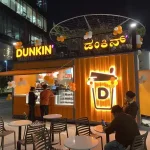 Container Cafe
Container Cafe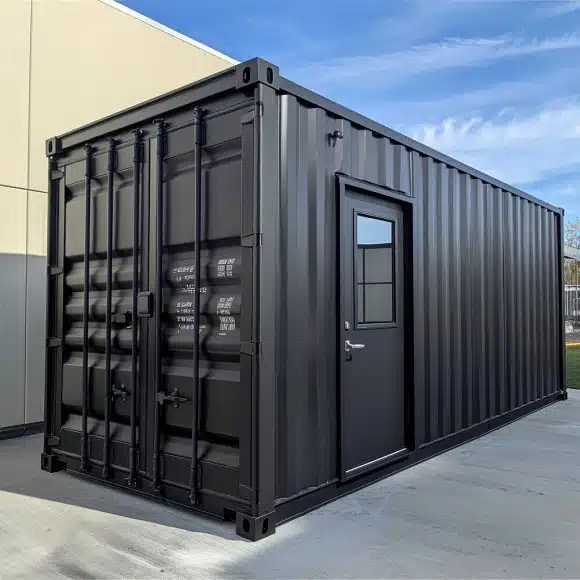
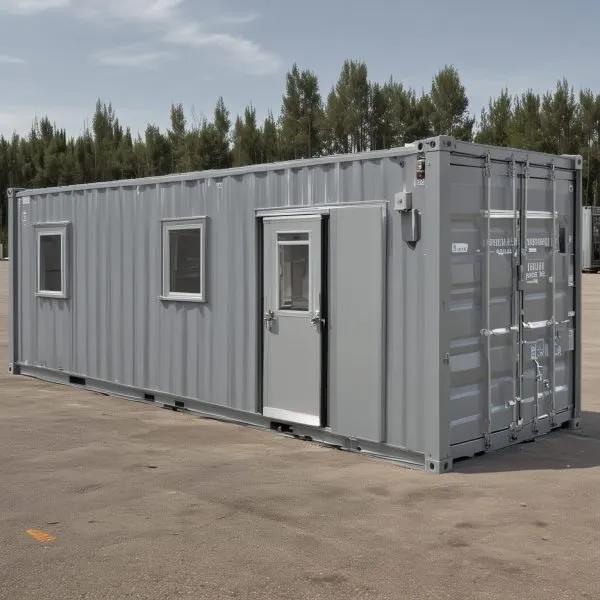
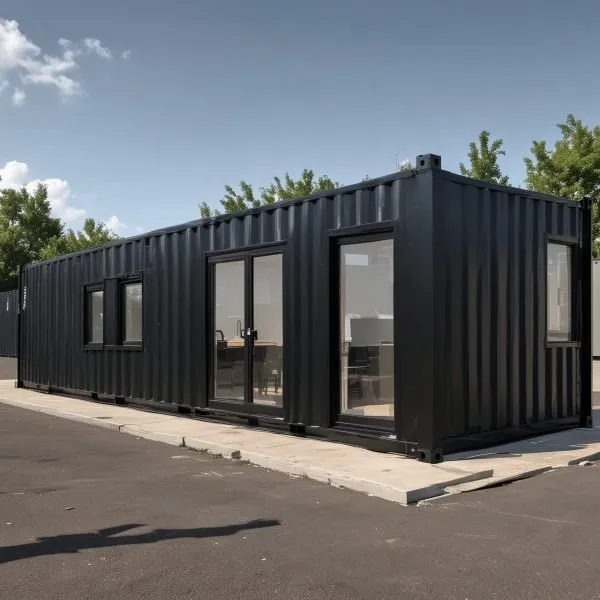
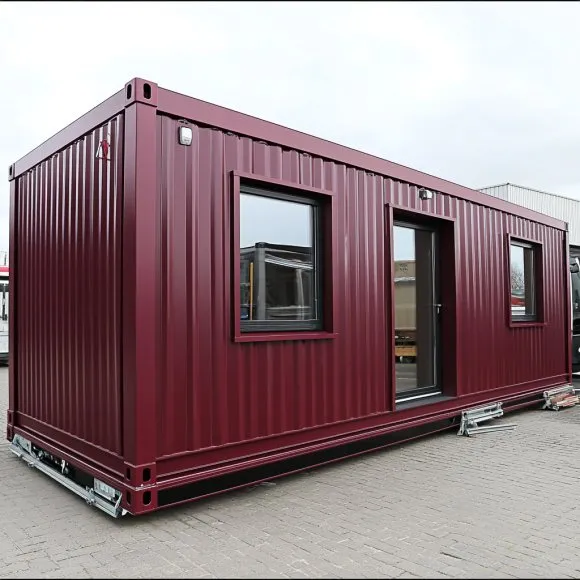
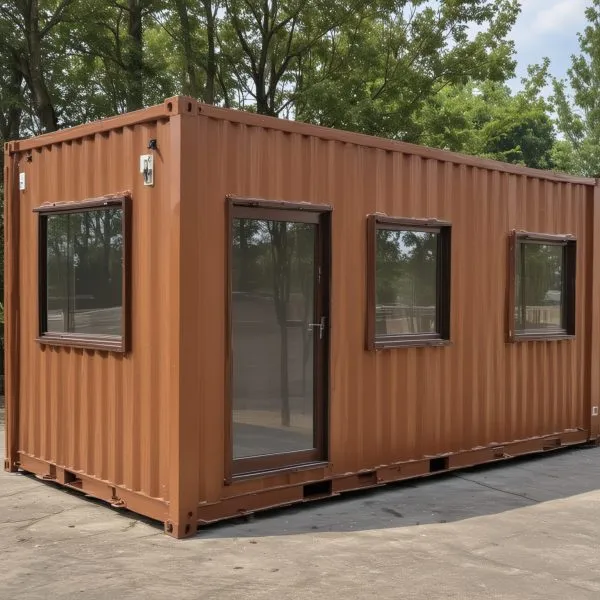
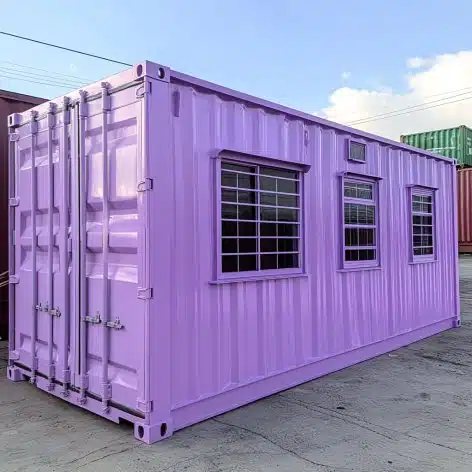
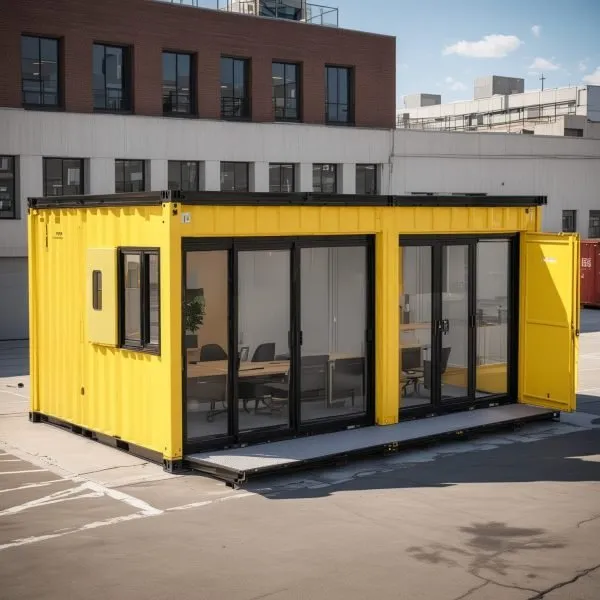


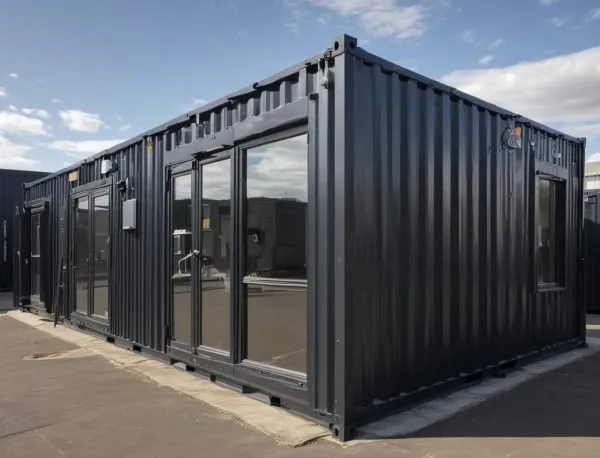
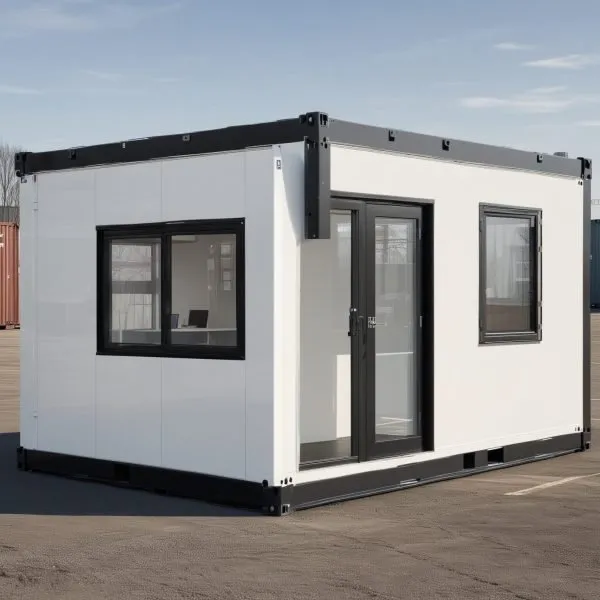
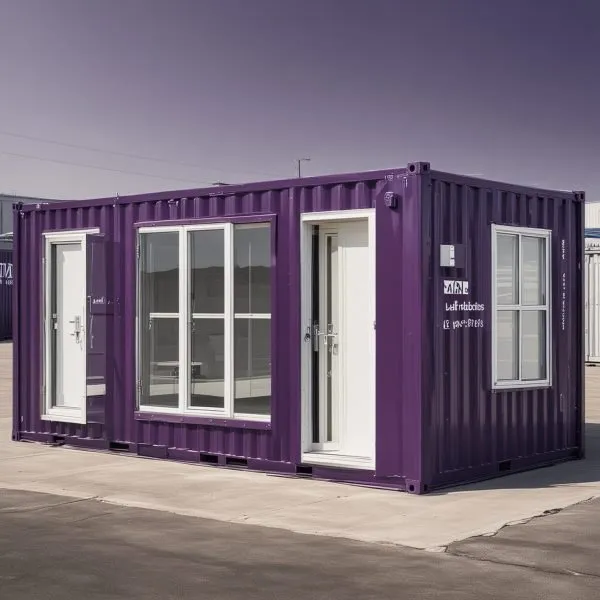

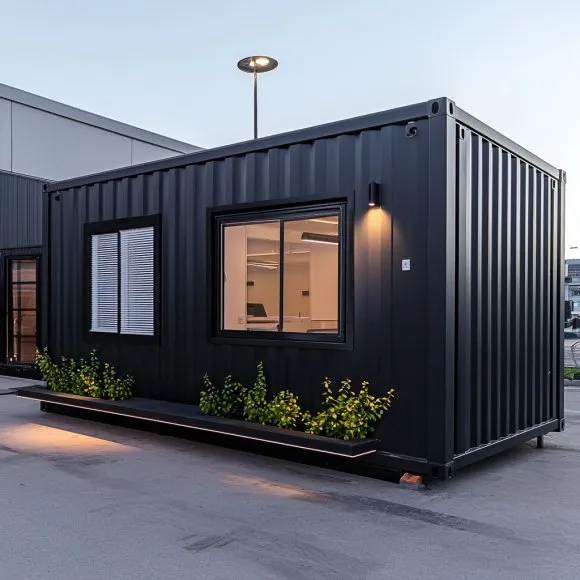
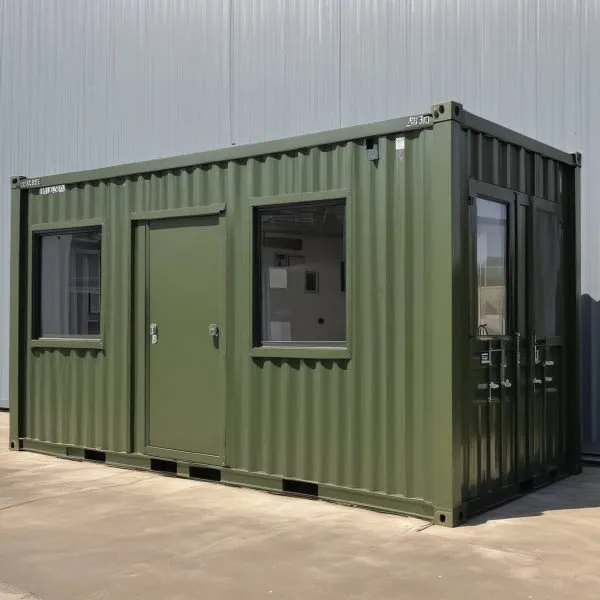
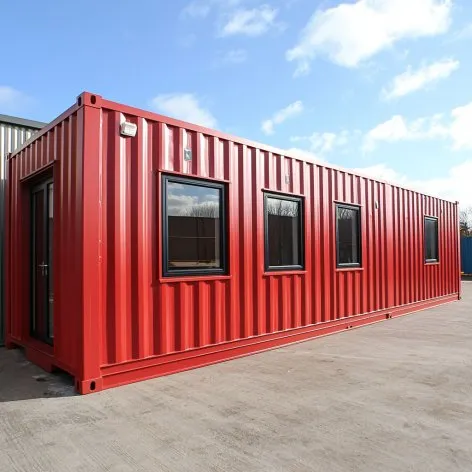
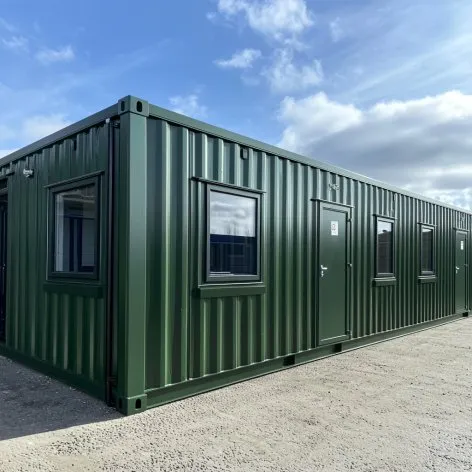
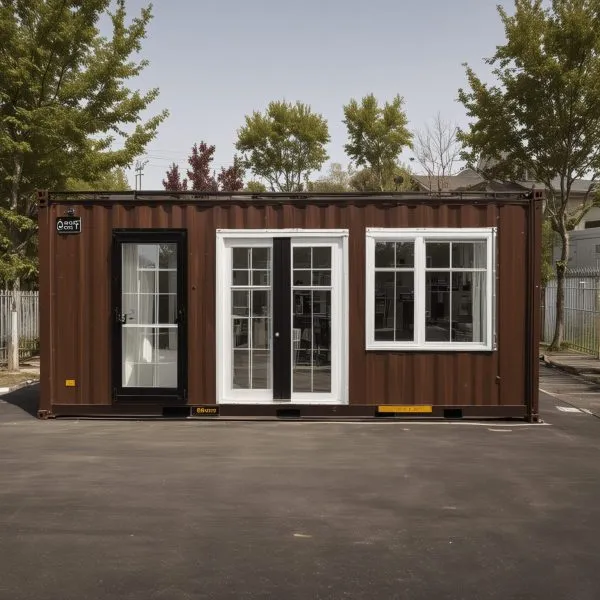
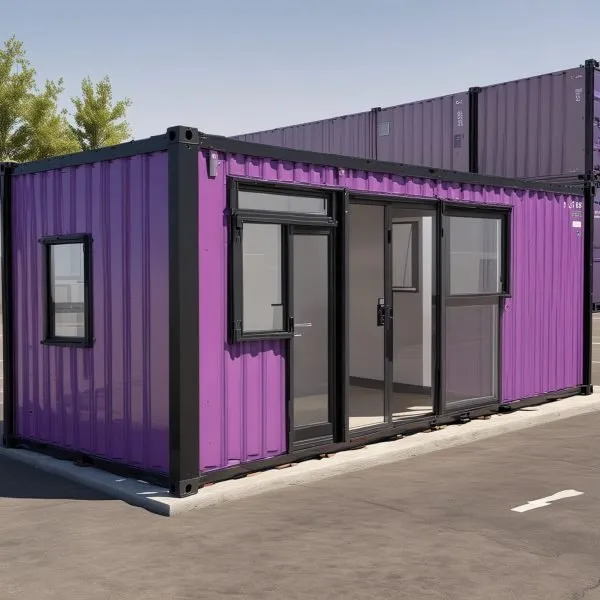
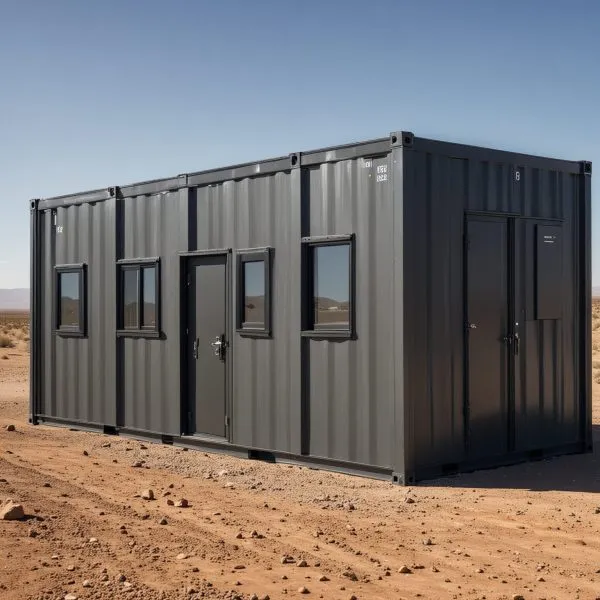
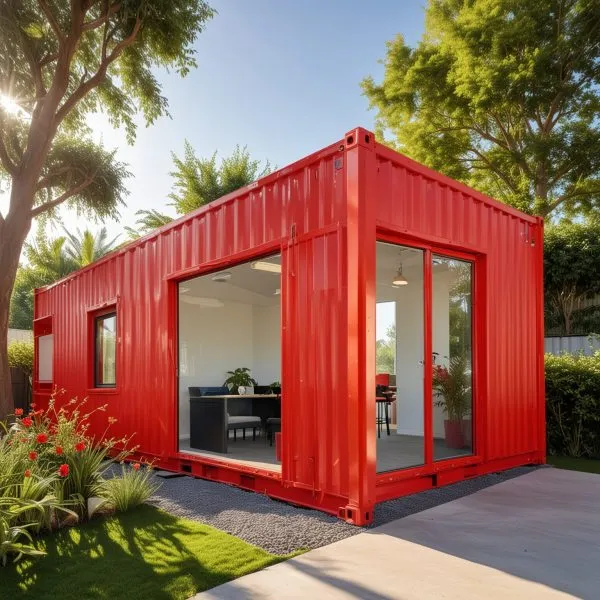
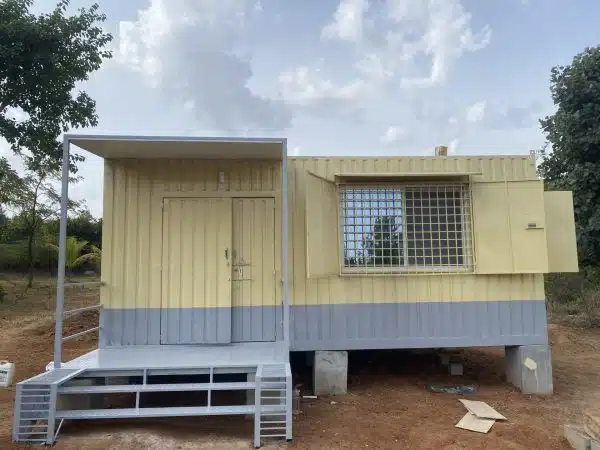
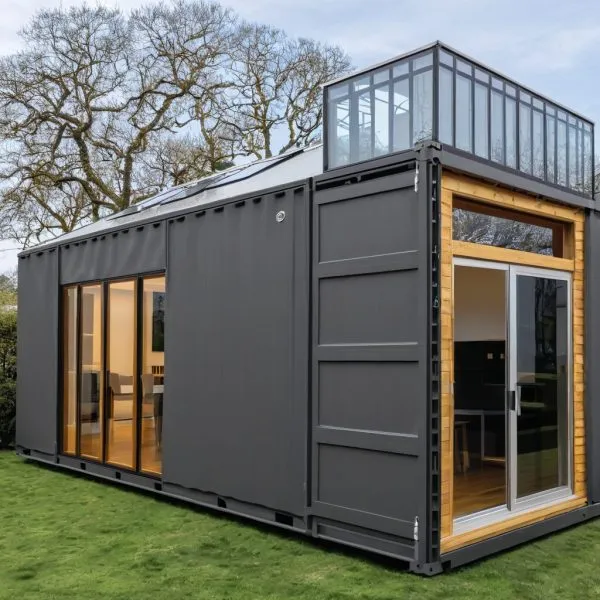
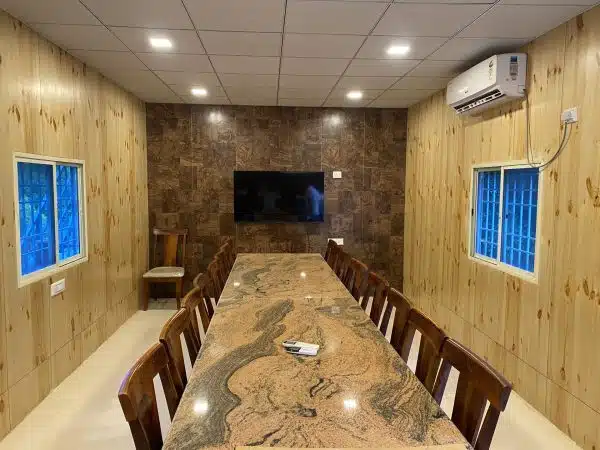
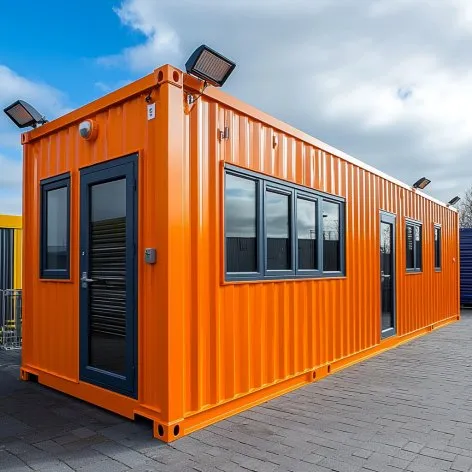
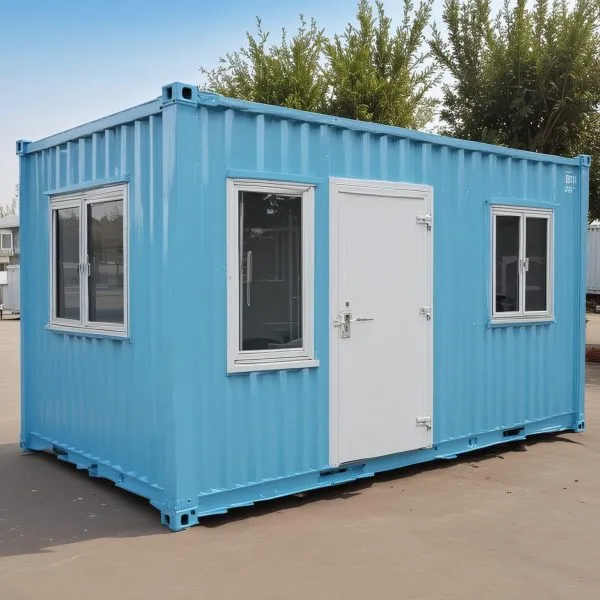

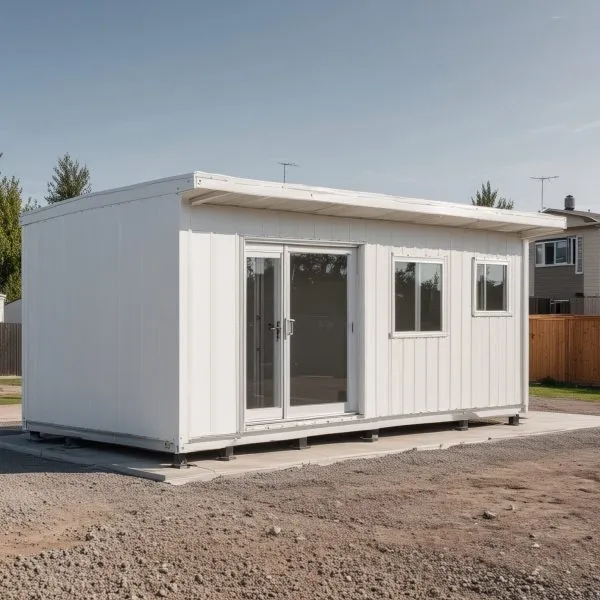
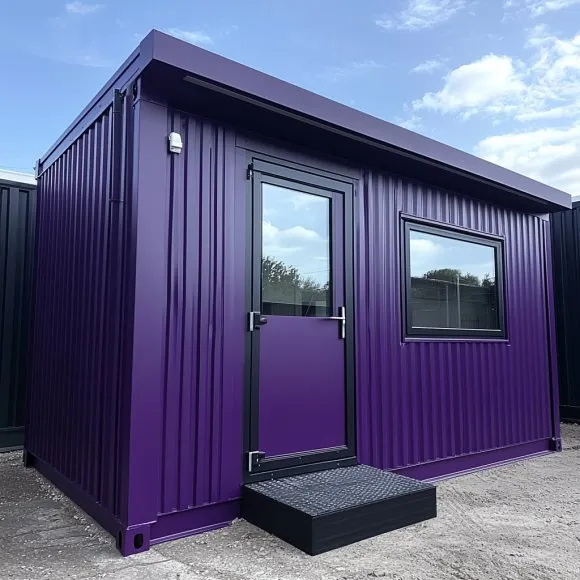

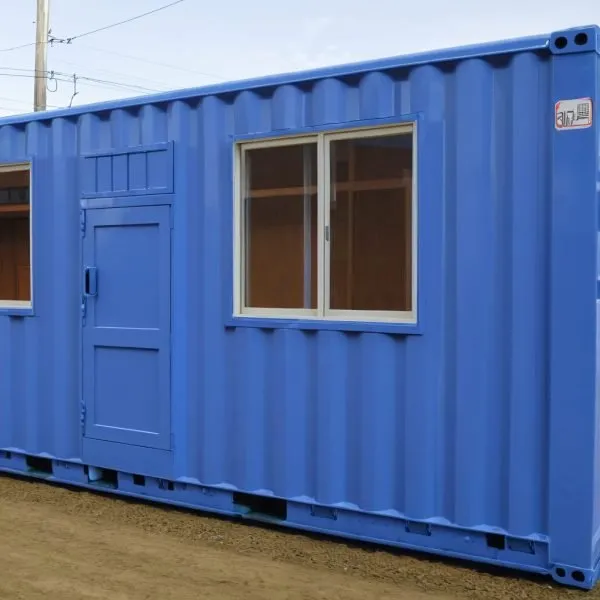


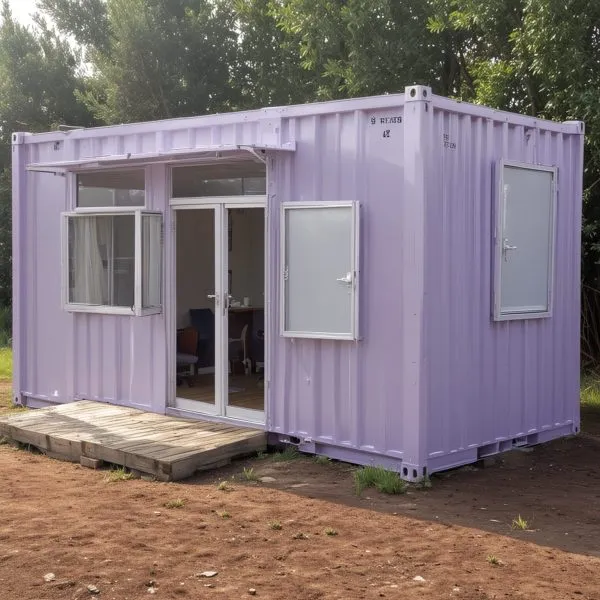
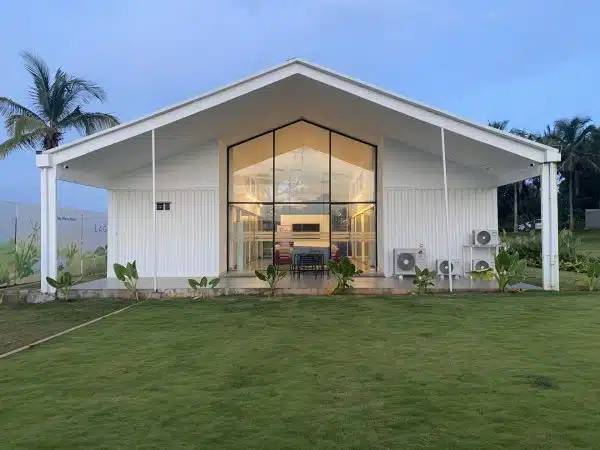
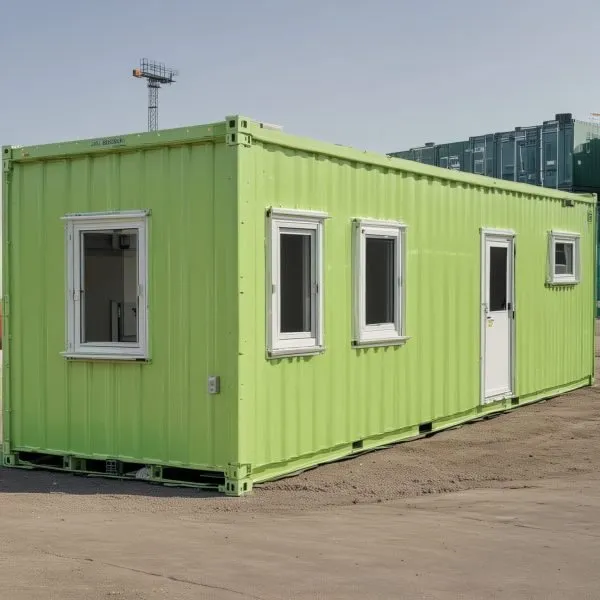
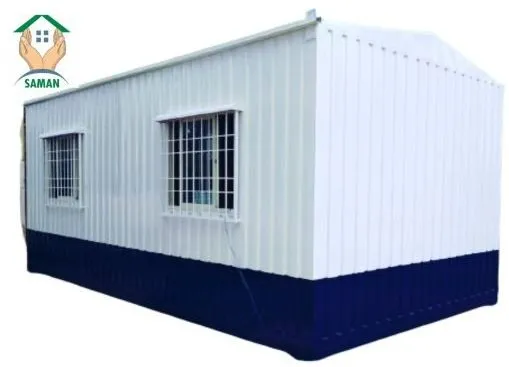
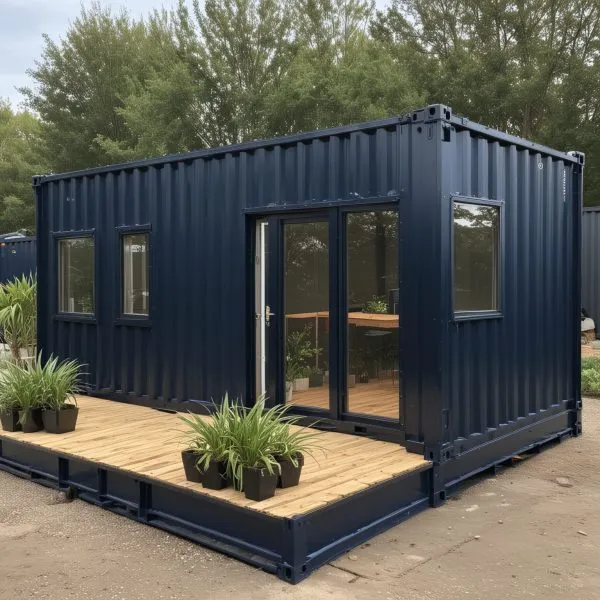
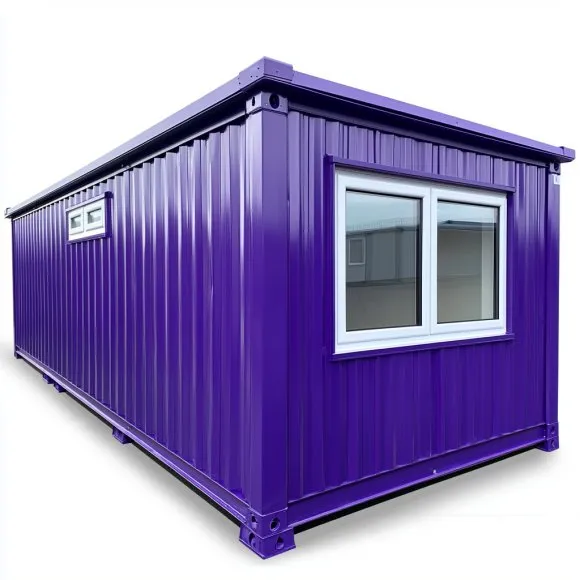
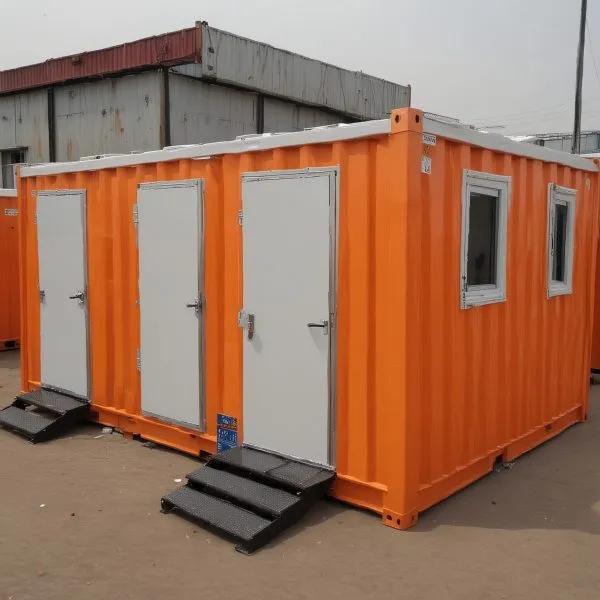
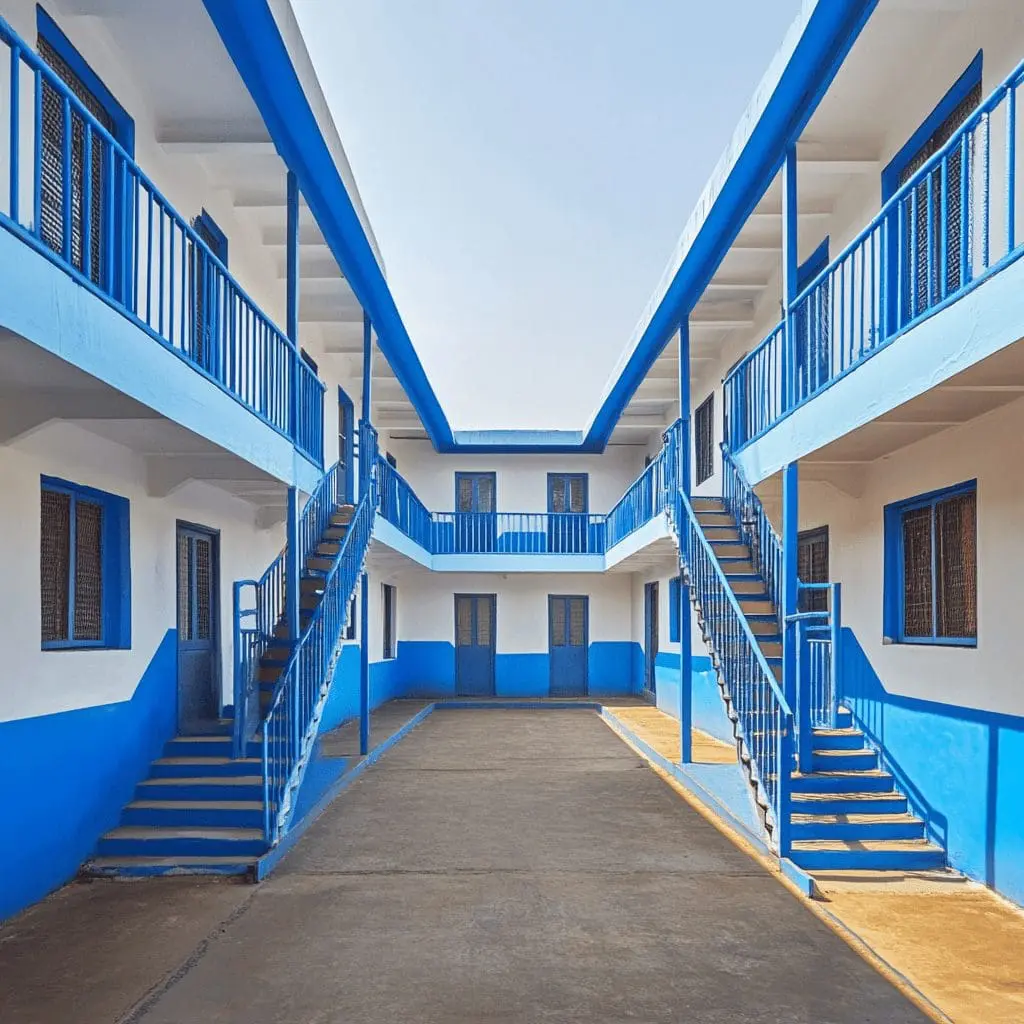
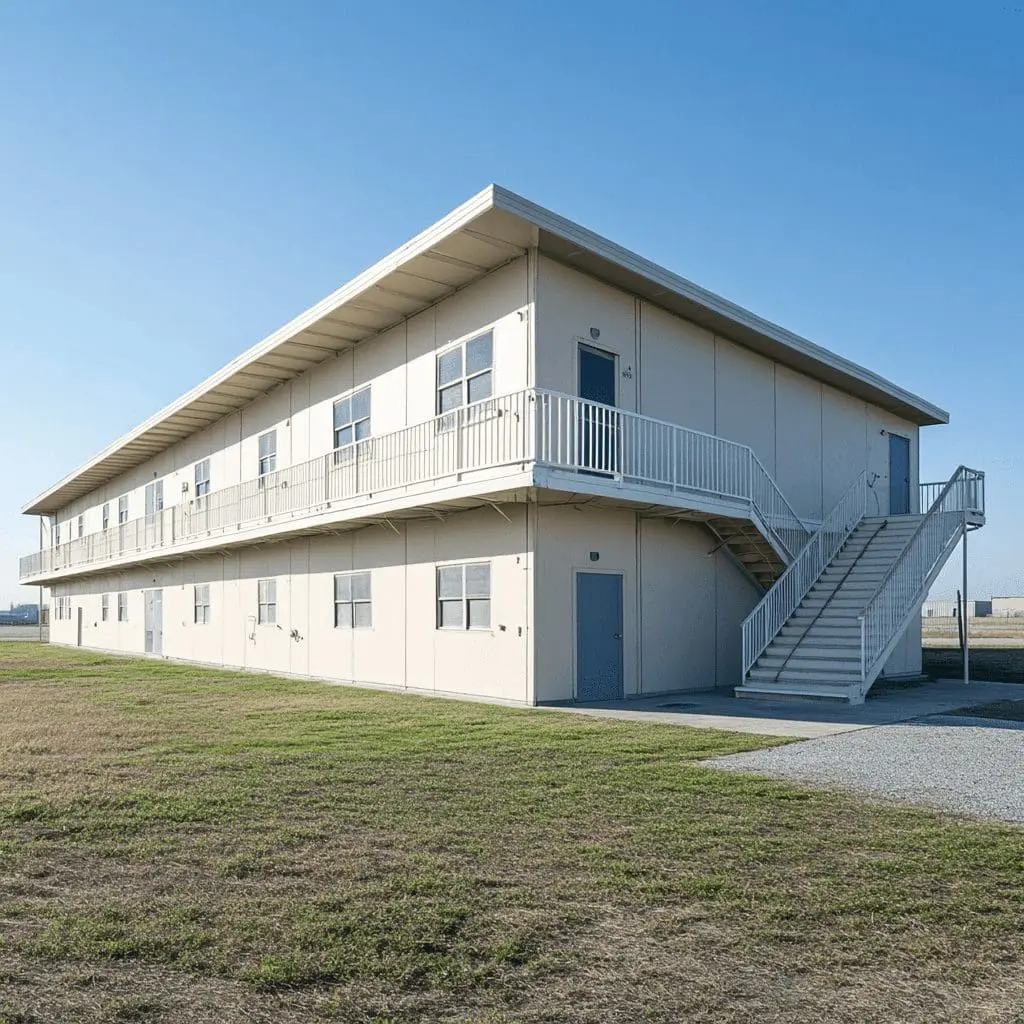
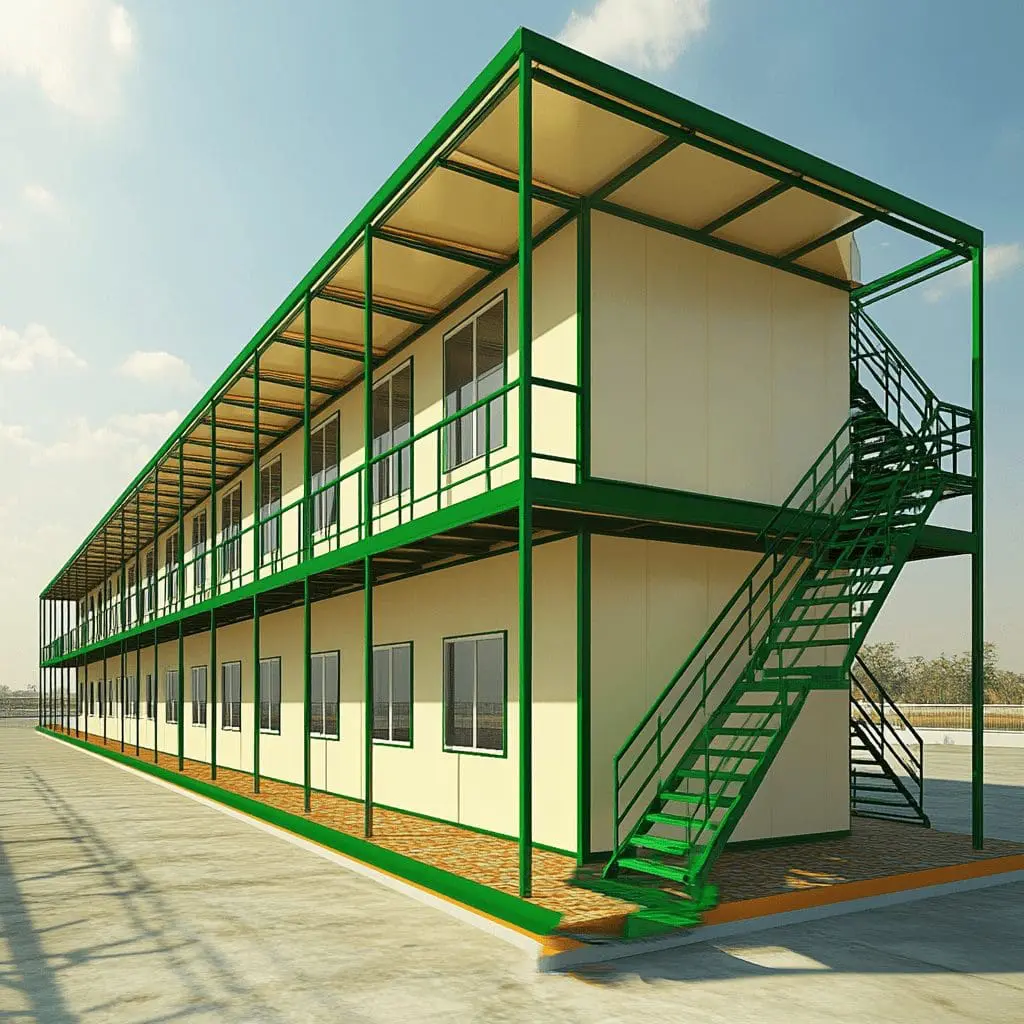


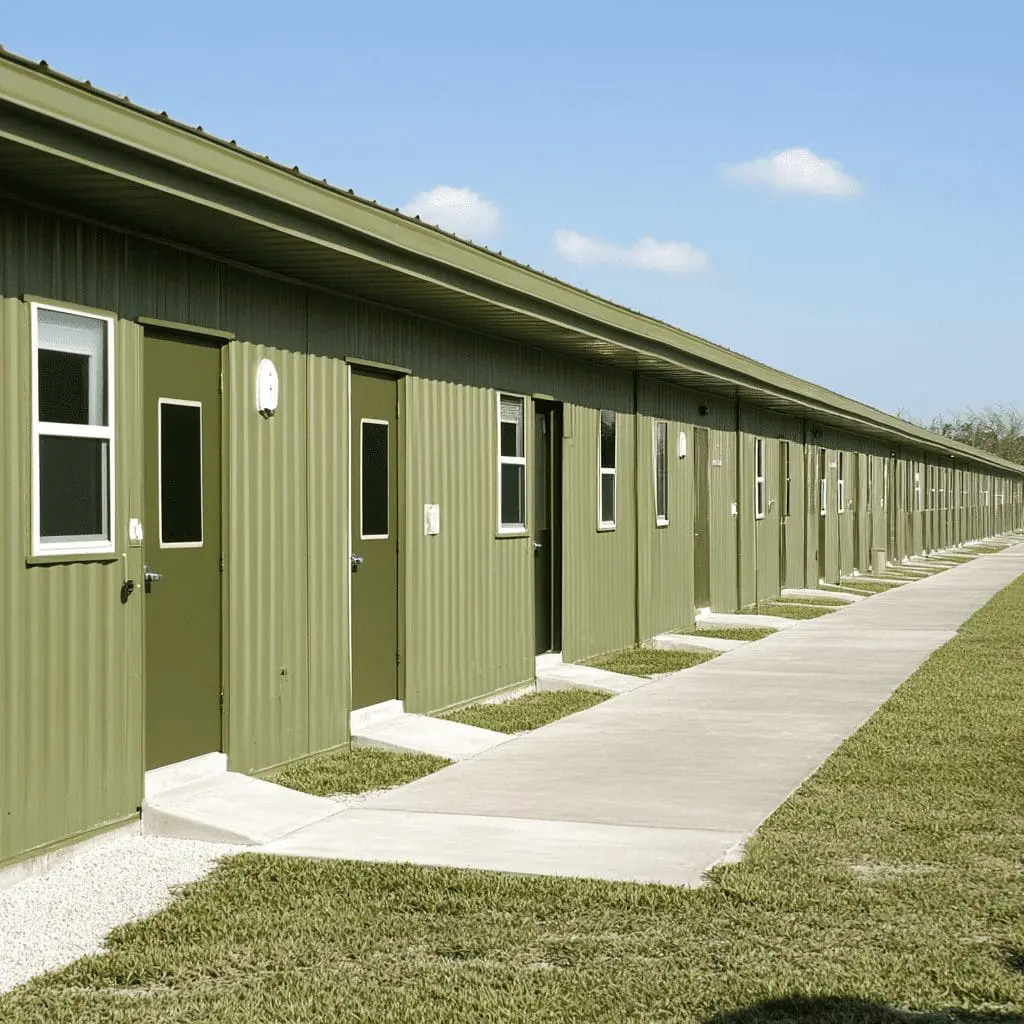
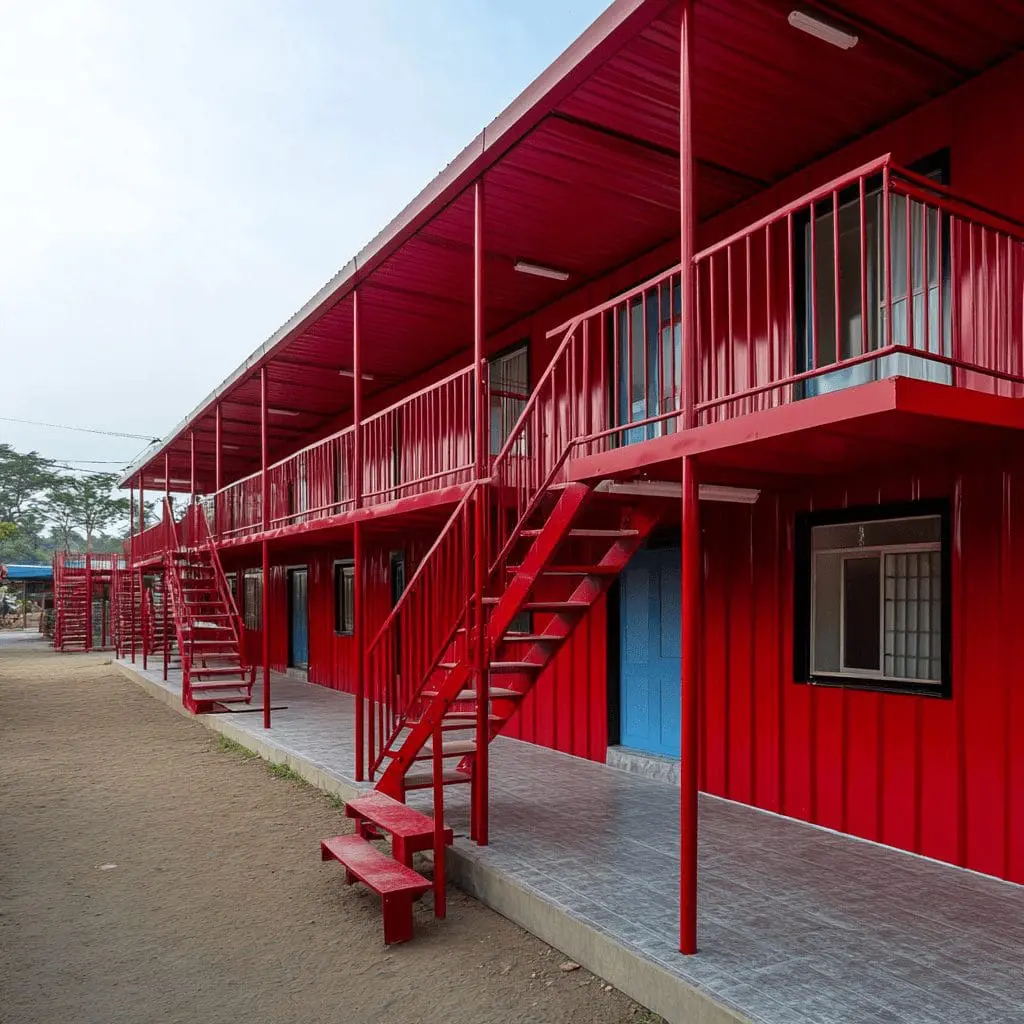

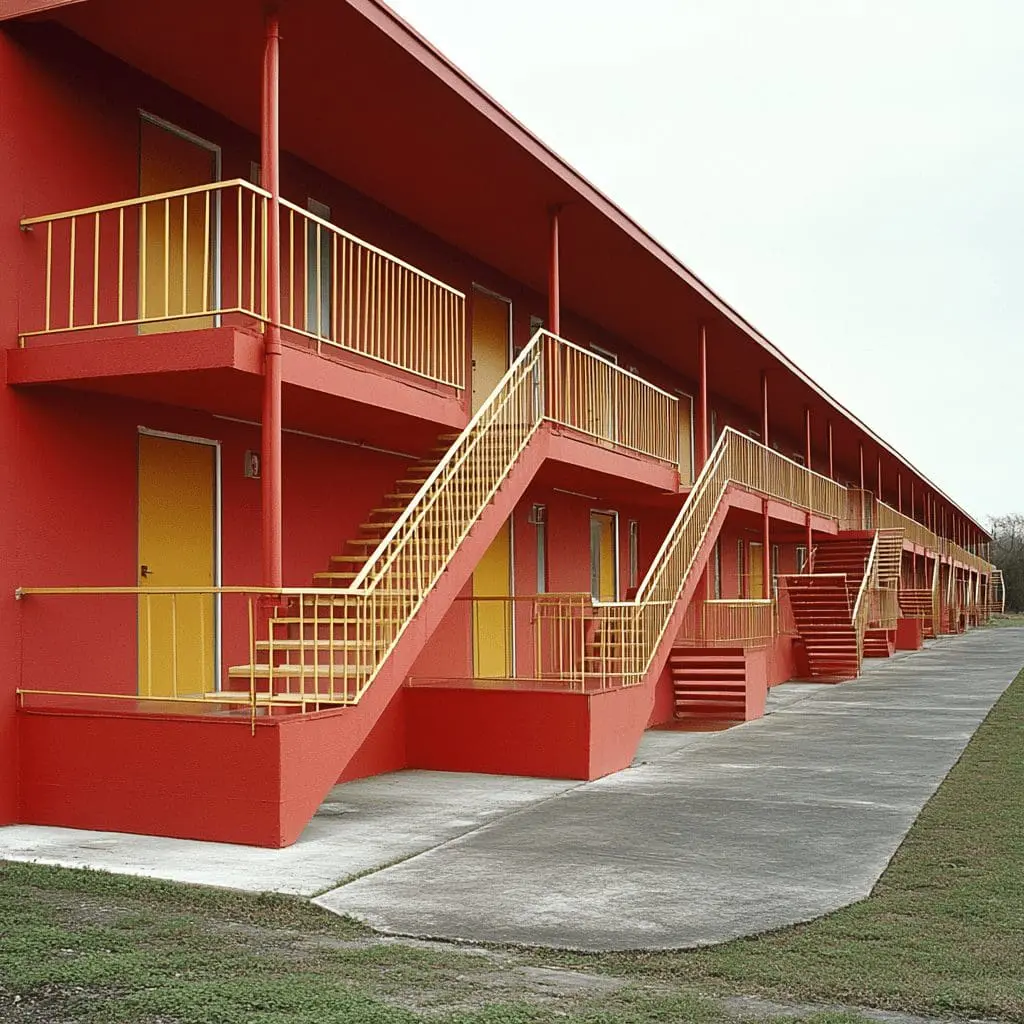

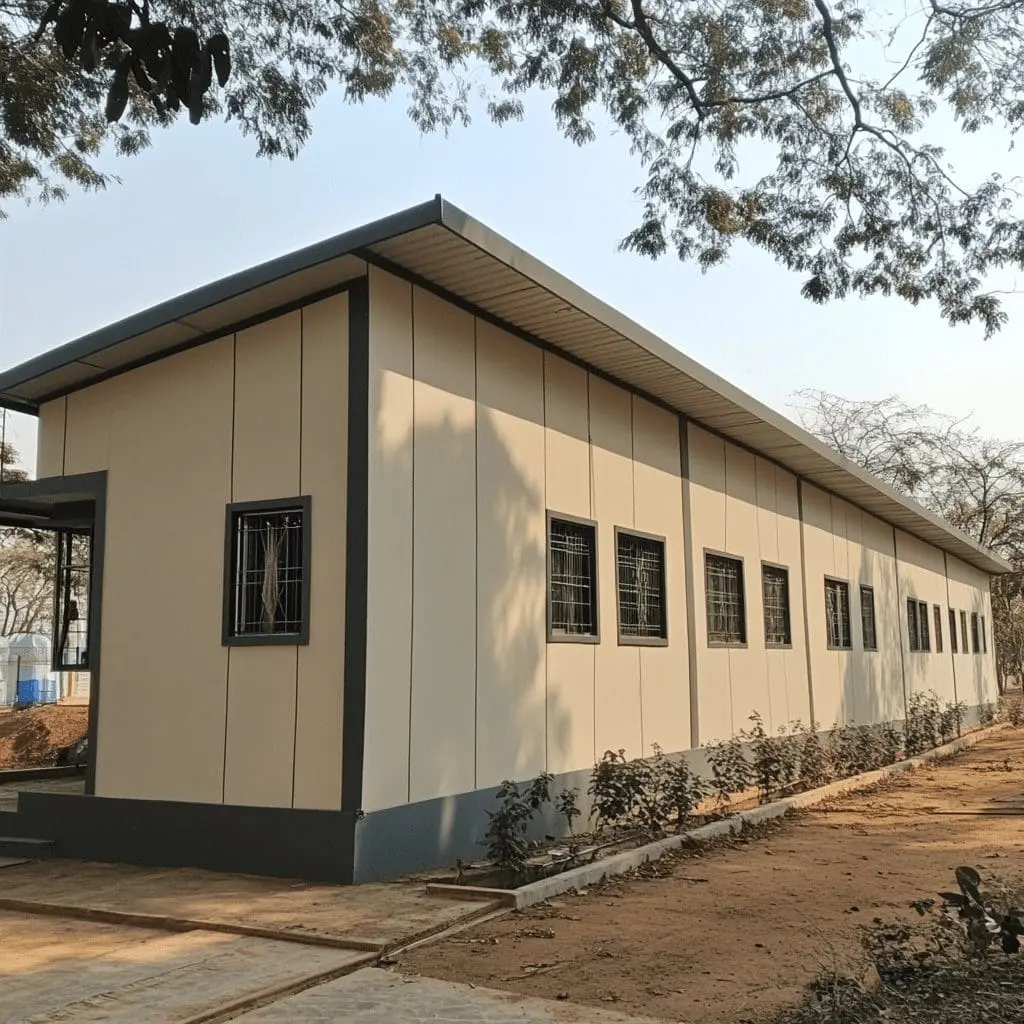
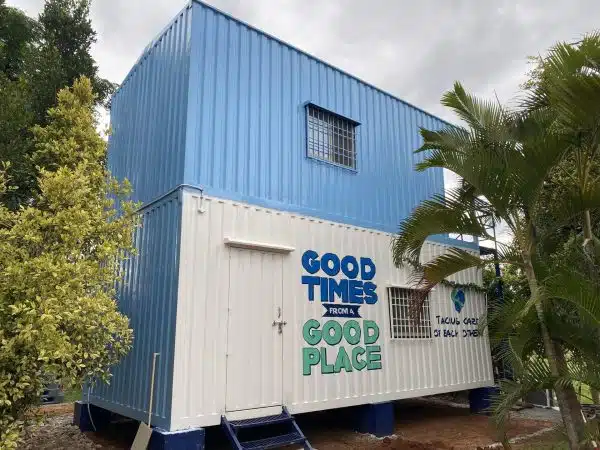
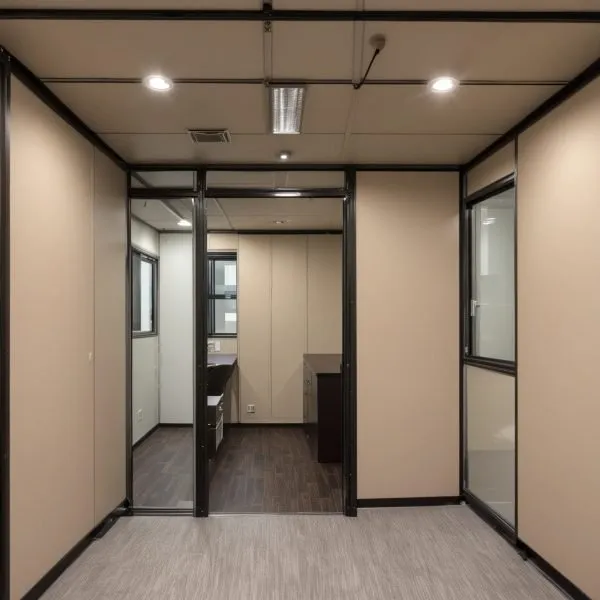
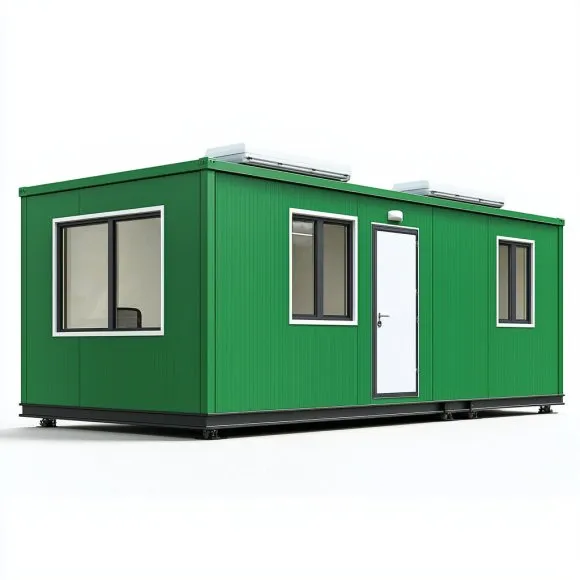

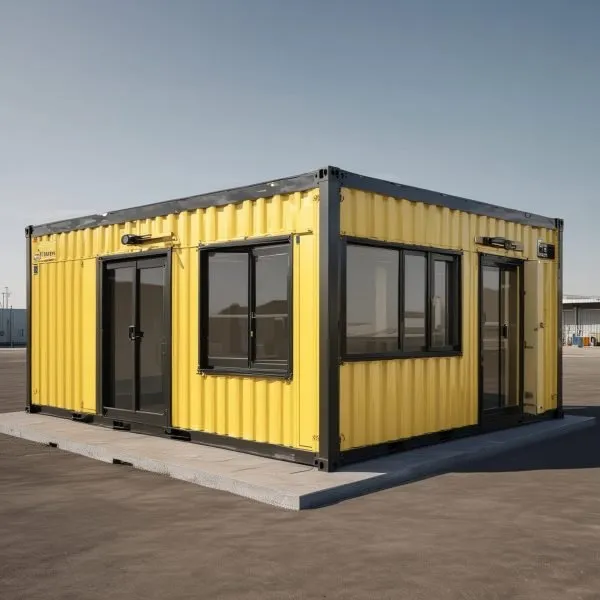

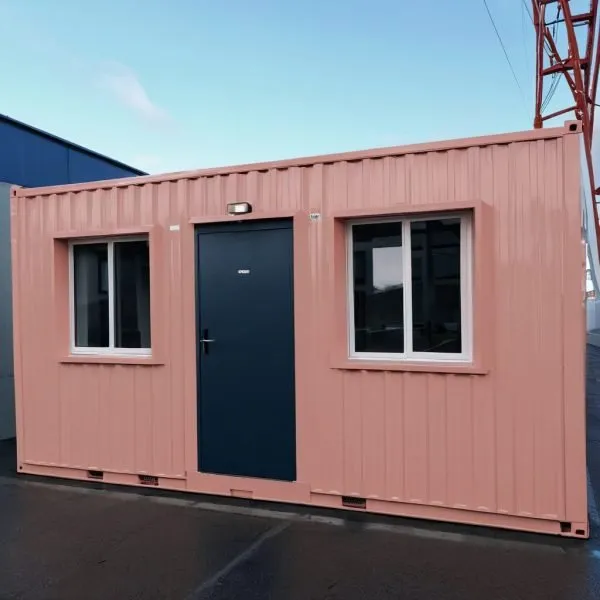
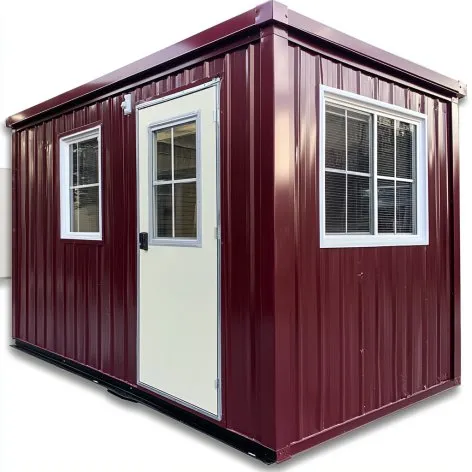
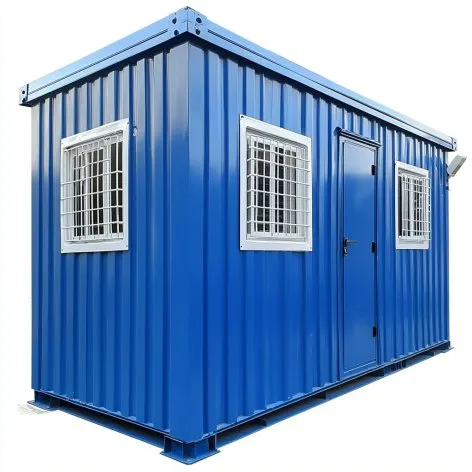
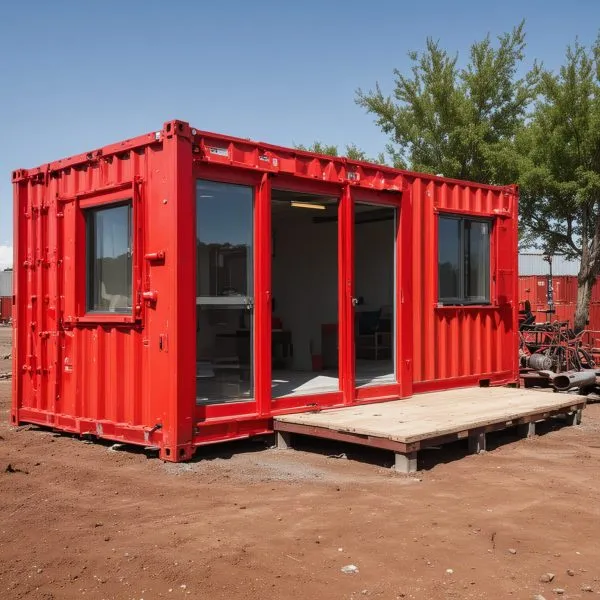
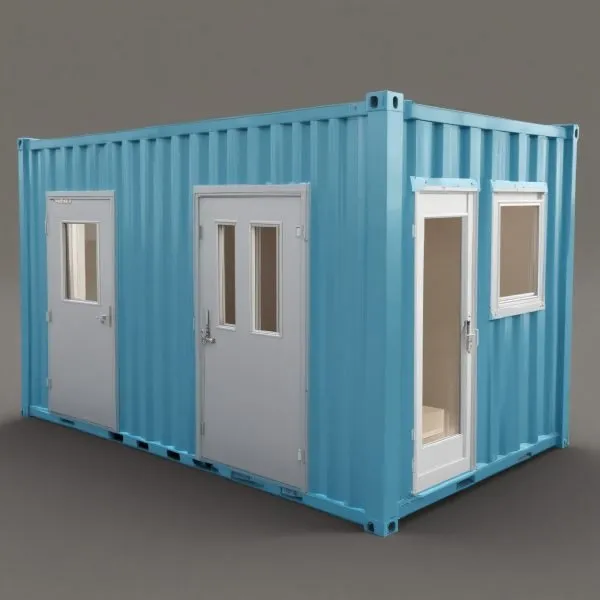
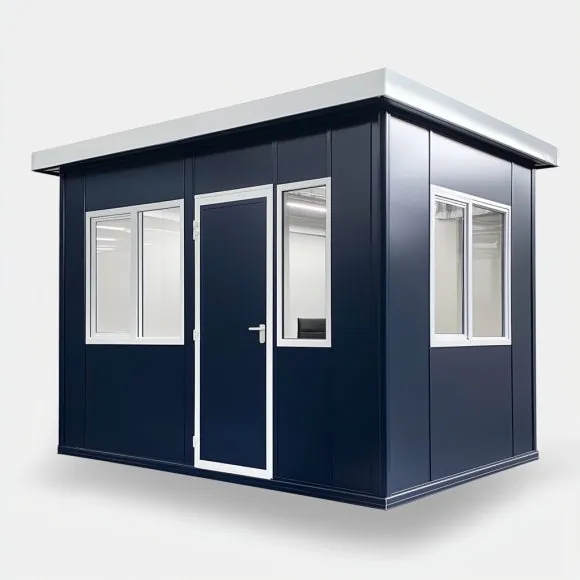
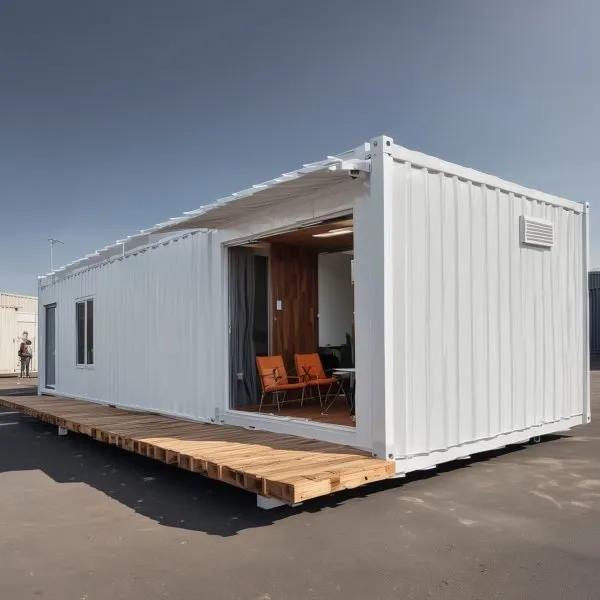
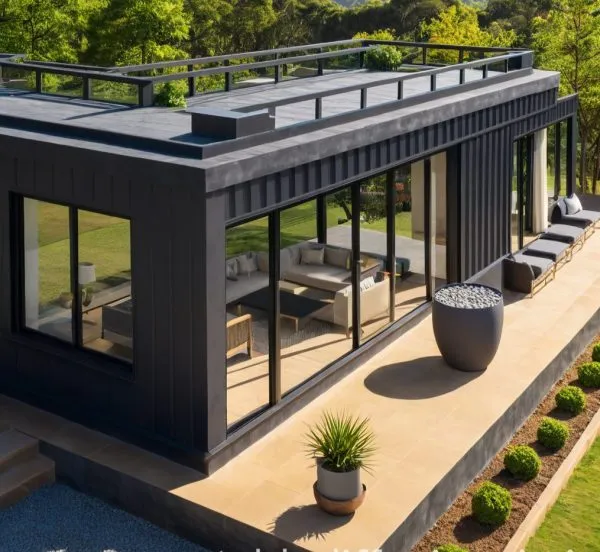
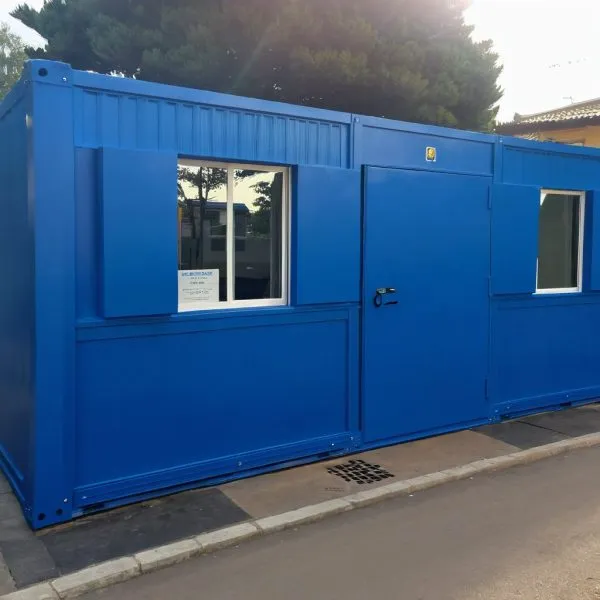
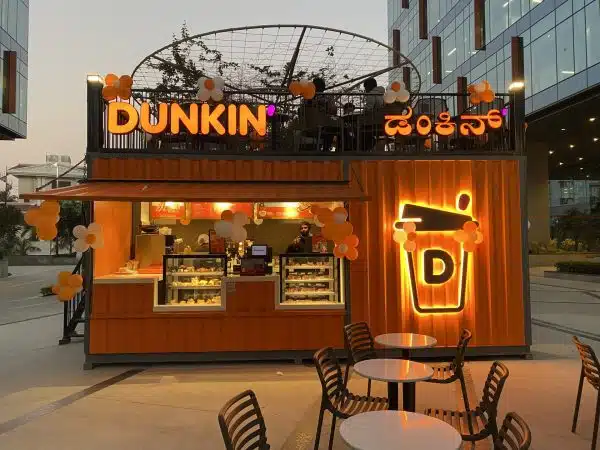
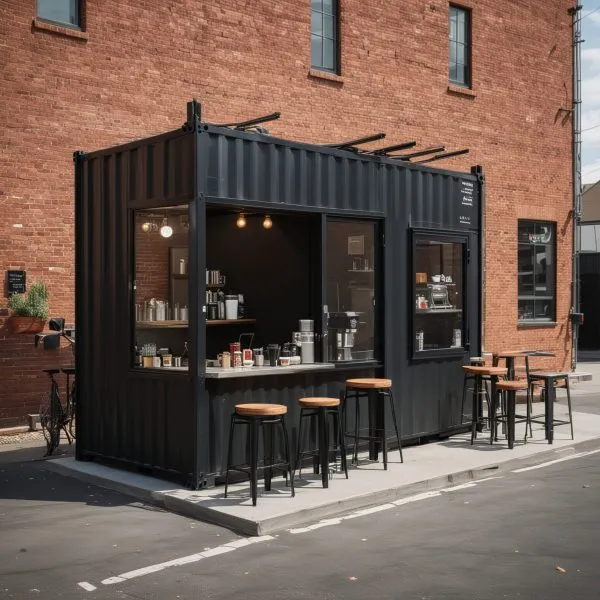
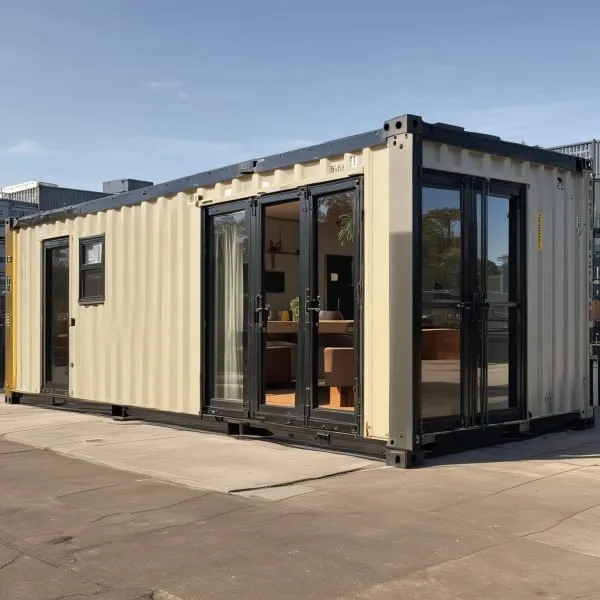
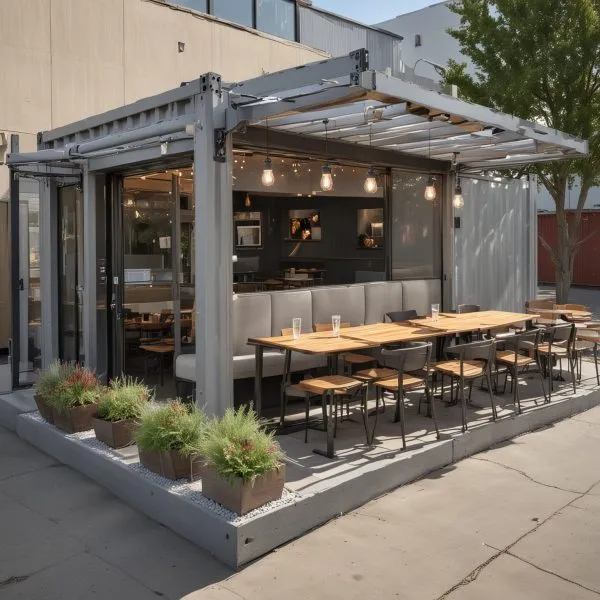
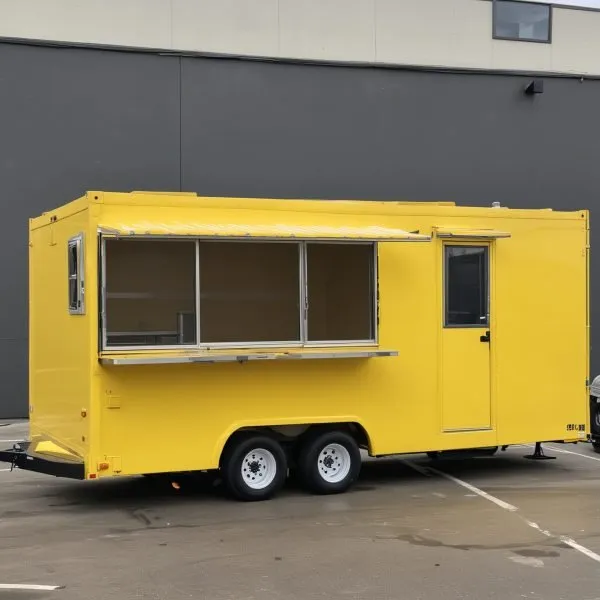
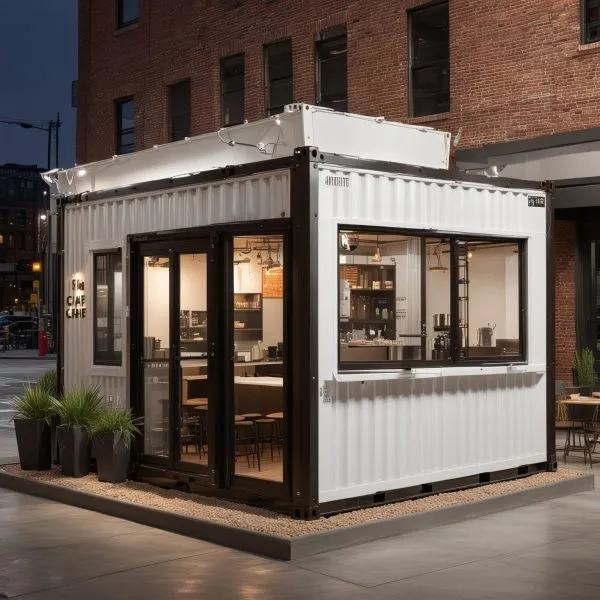
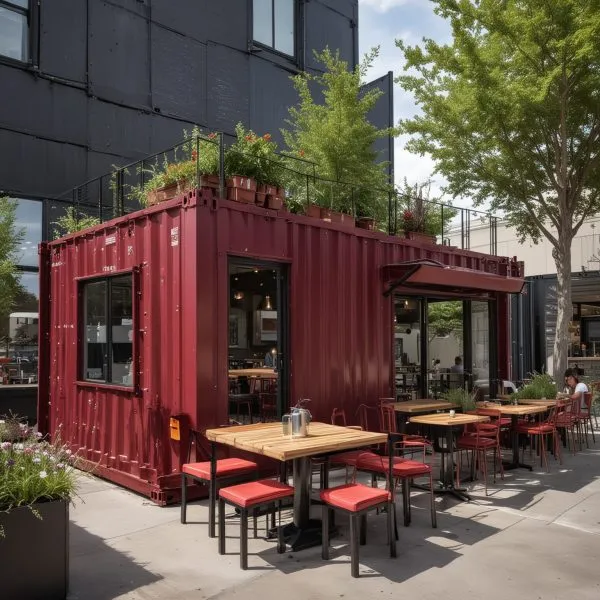
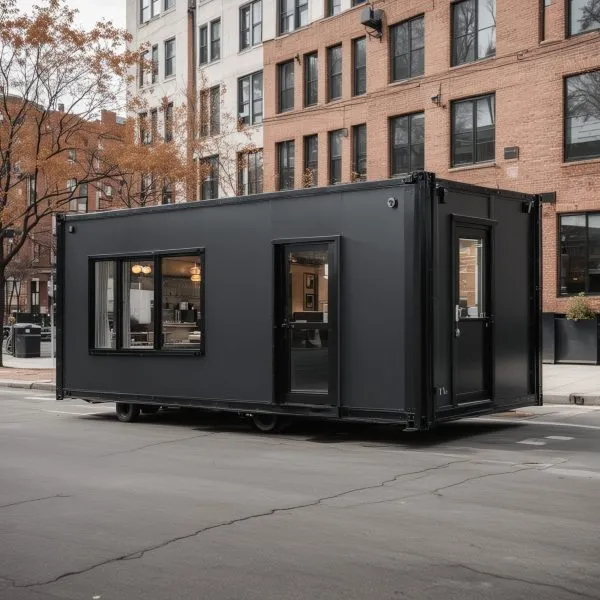
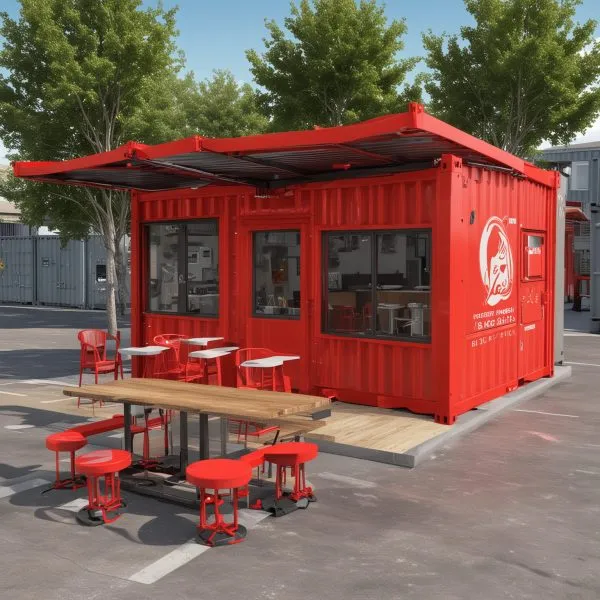
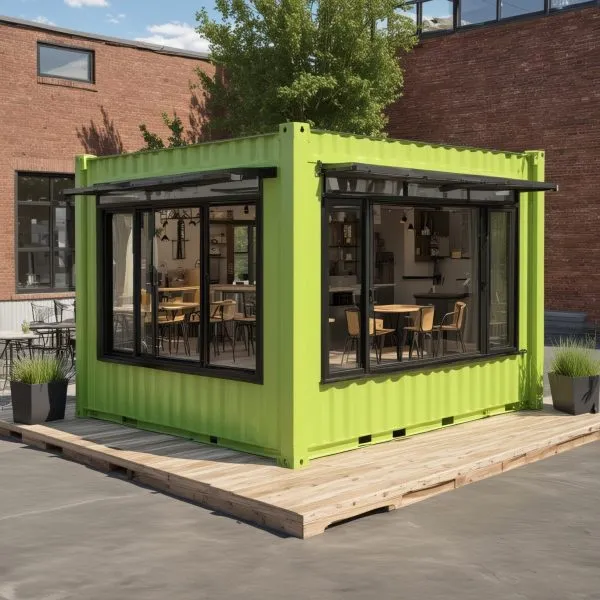
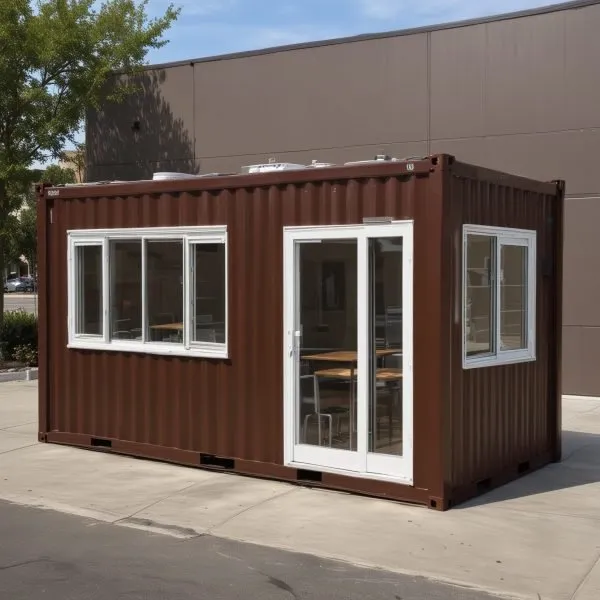
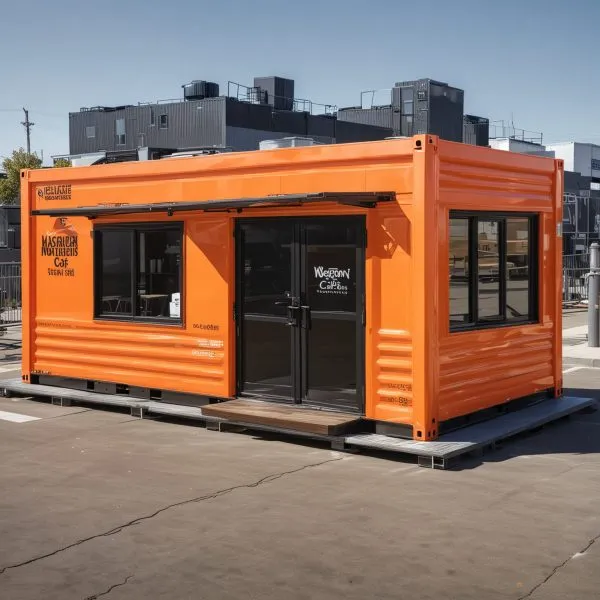

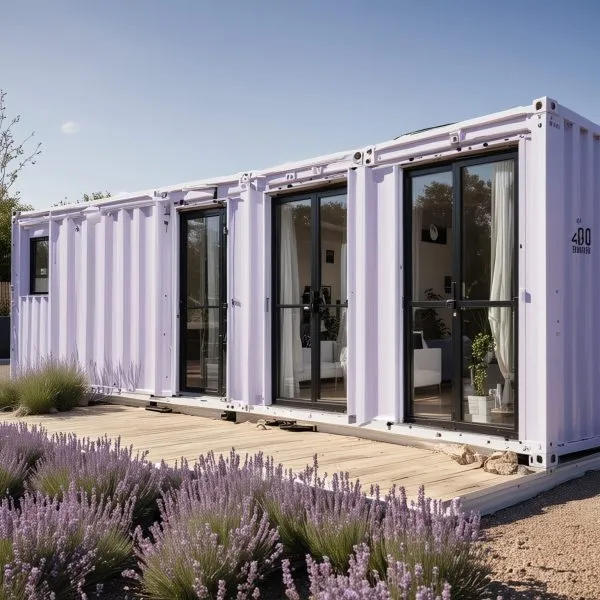
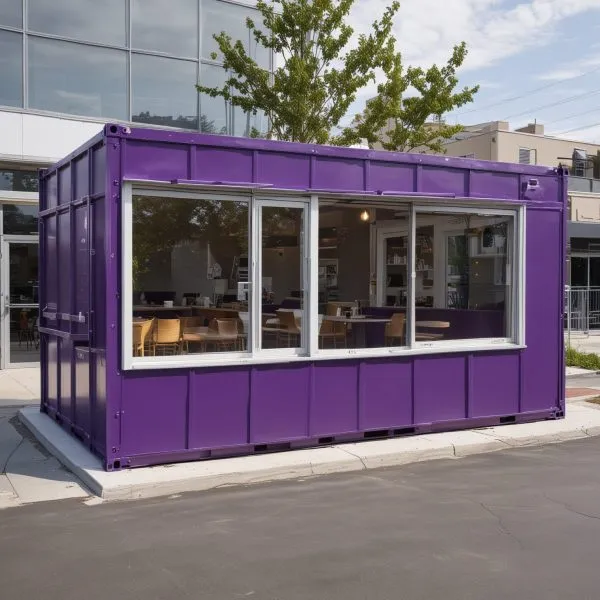






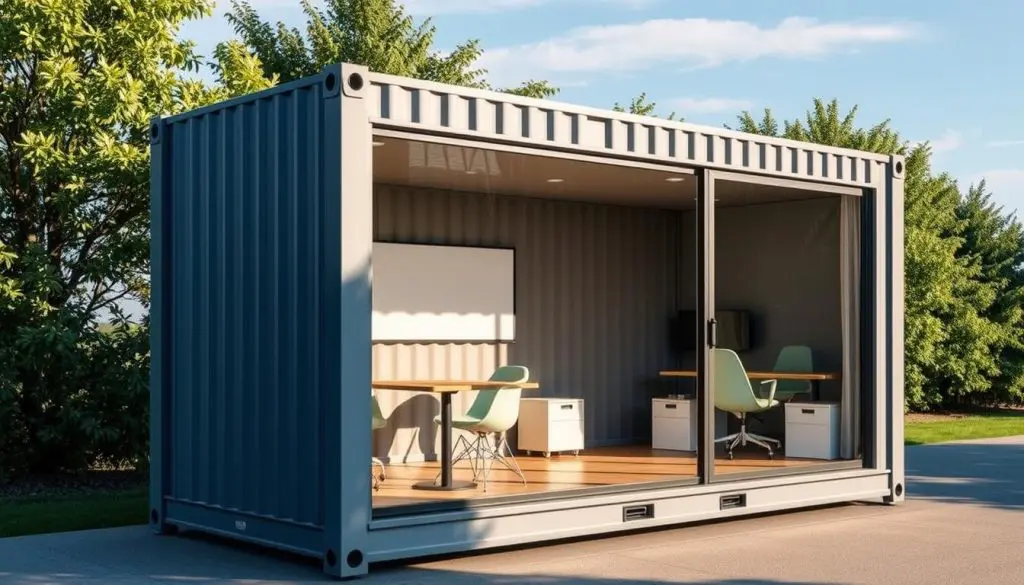


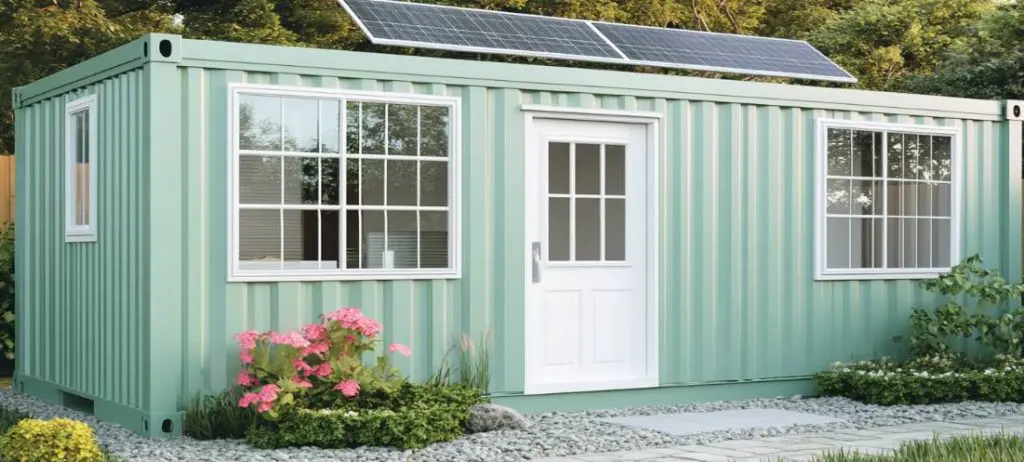
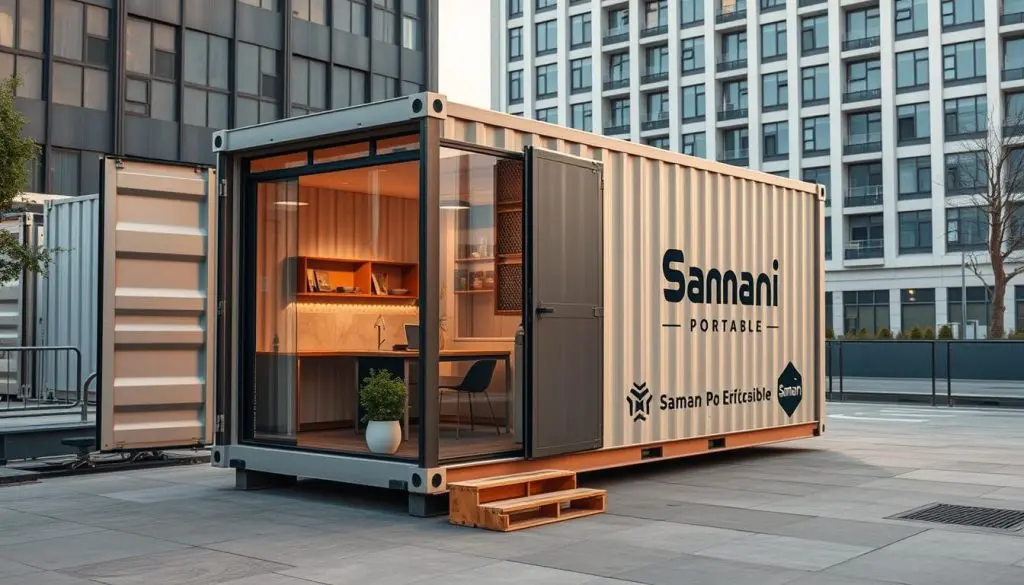
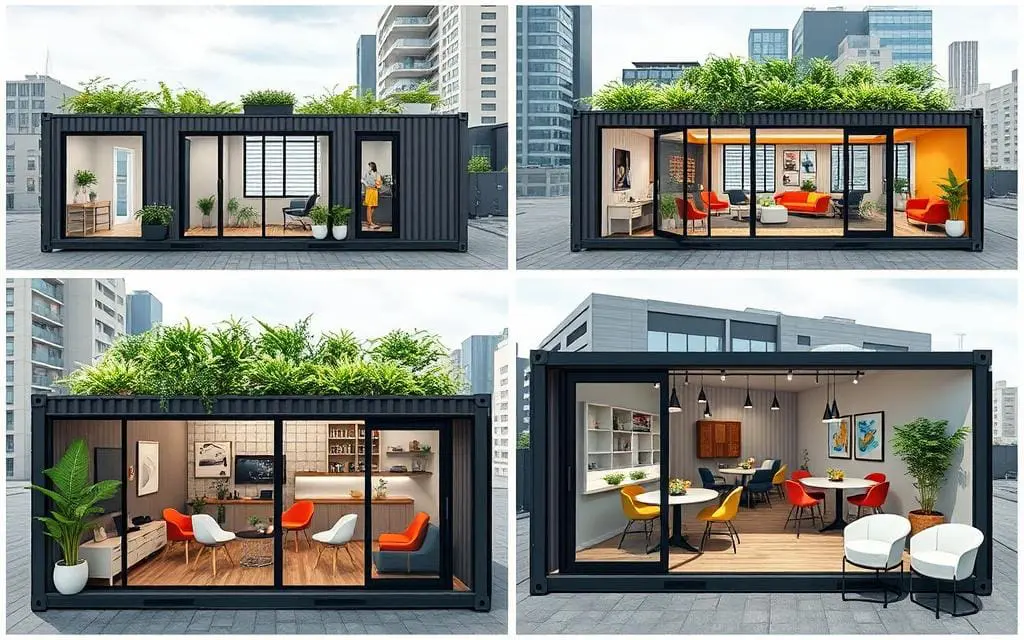
I do not know if it’s just me or if everybody else experiencing problems with
your website. It seems like some of the text in your content are running off the screen.
Can somebody else please comment and let me know if this is
happening to them as well? This may be a problem with my internet browser because I’ve had this happen before.
Appreciate it